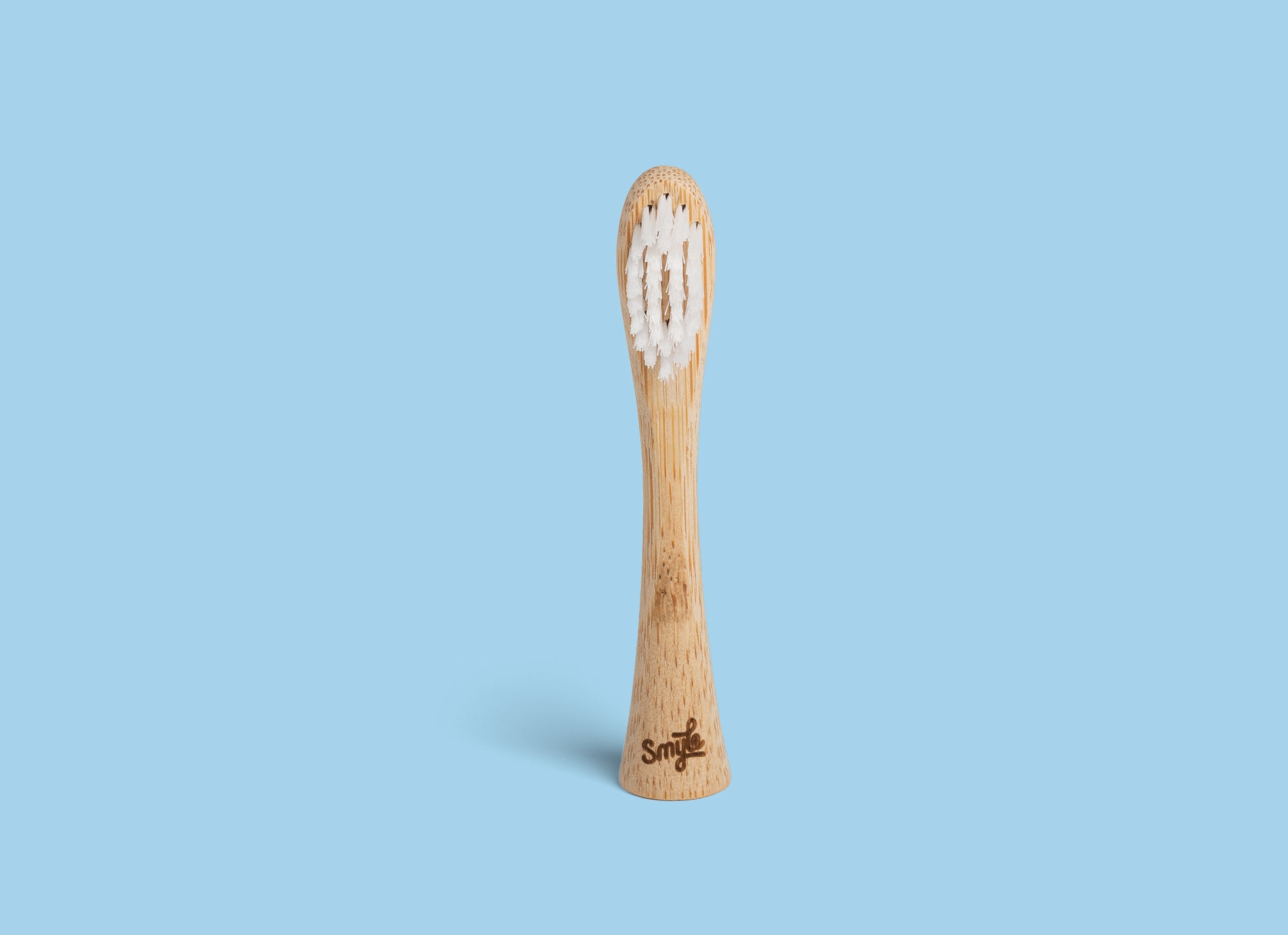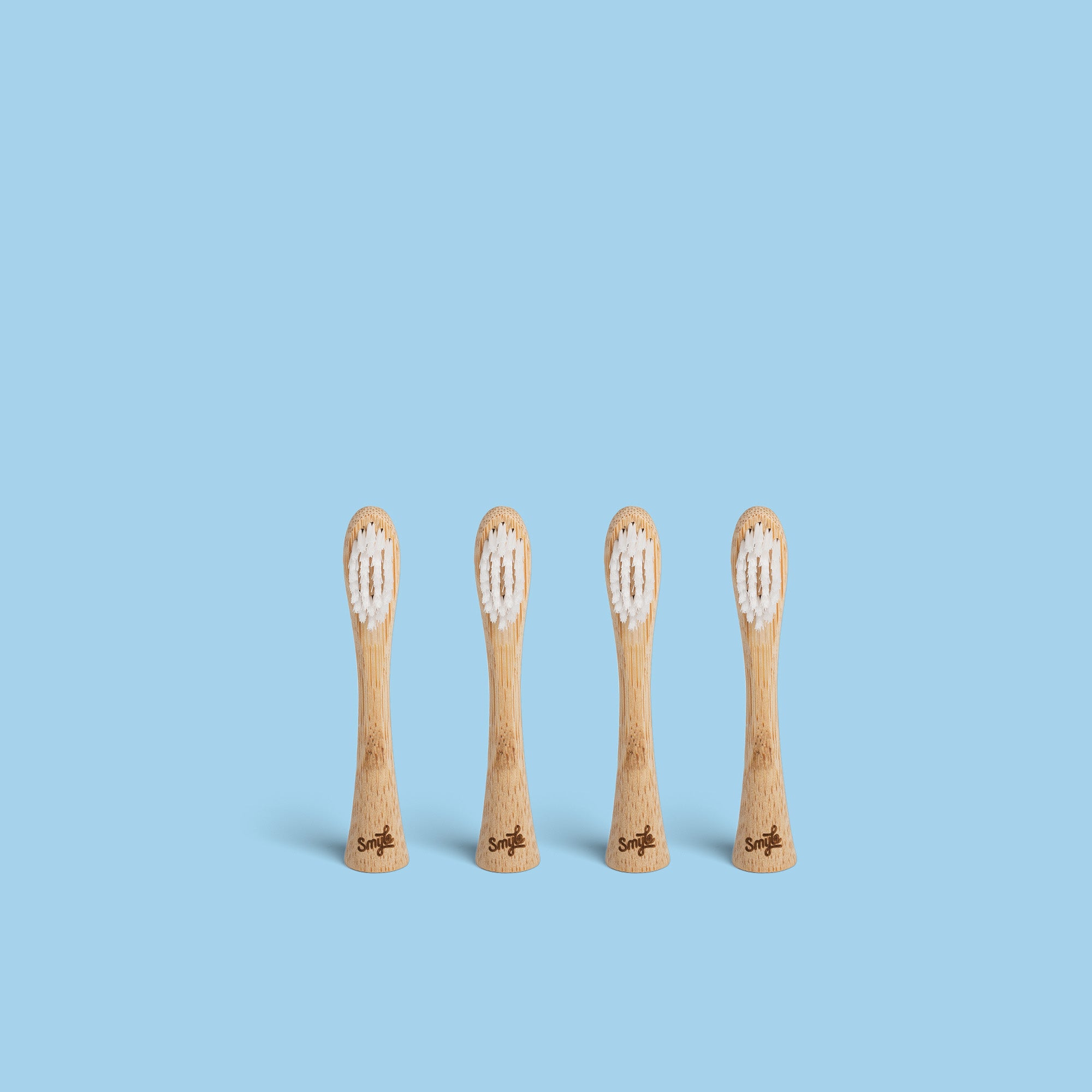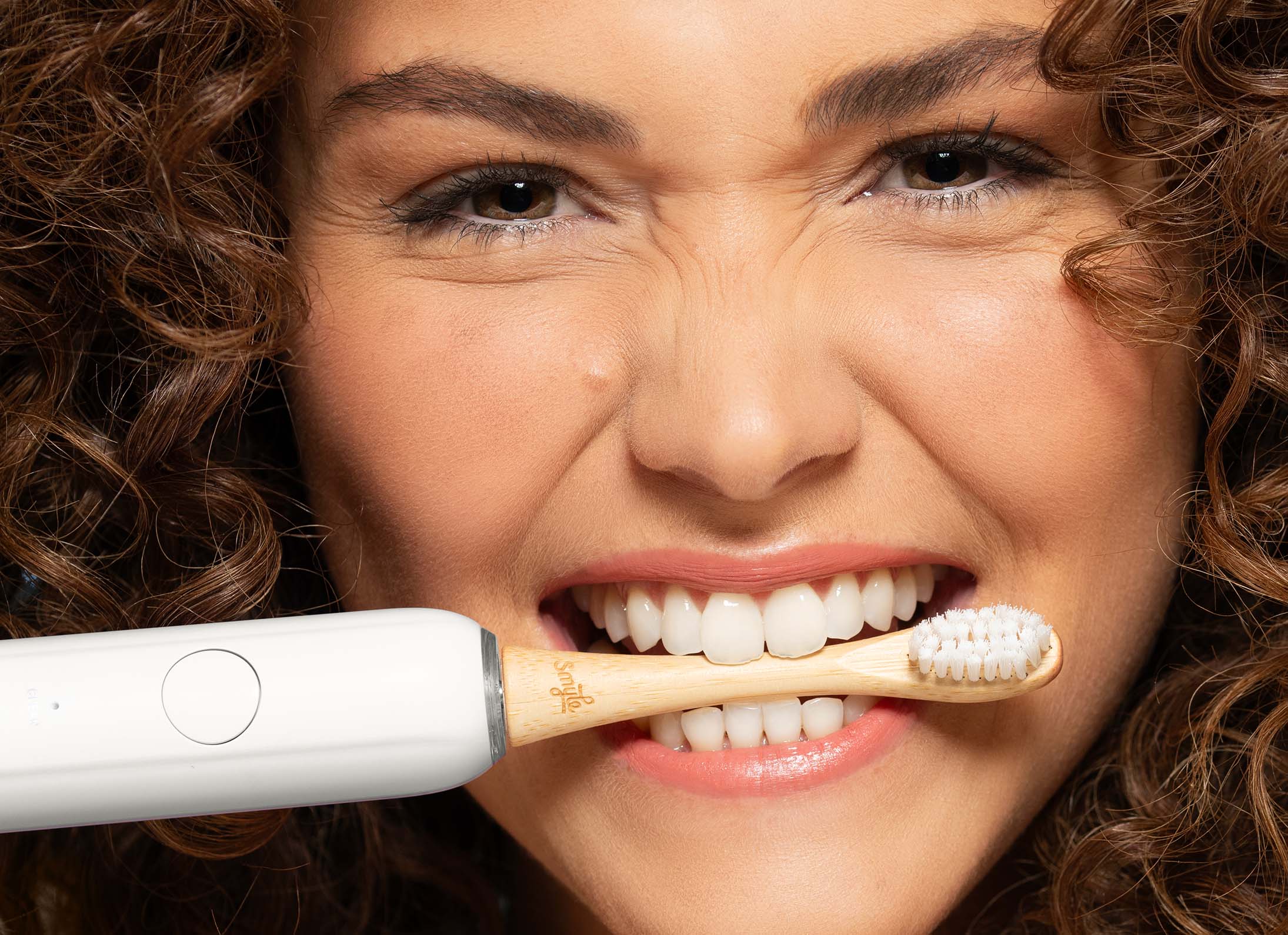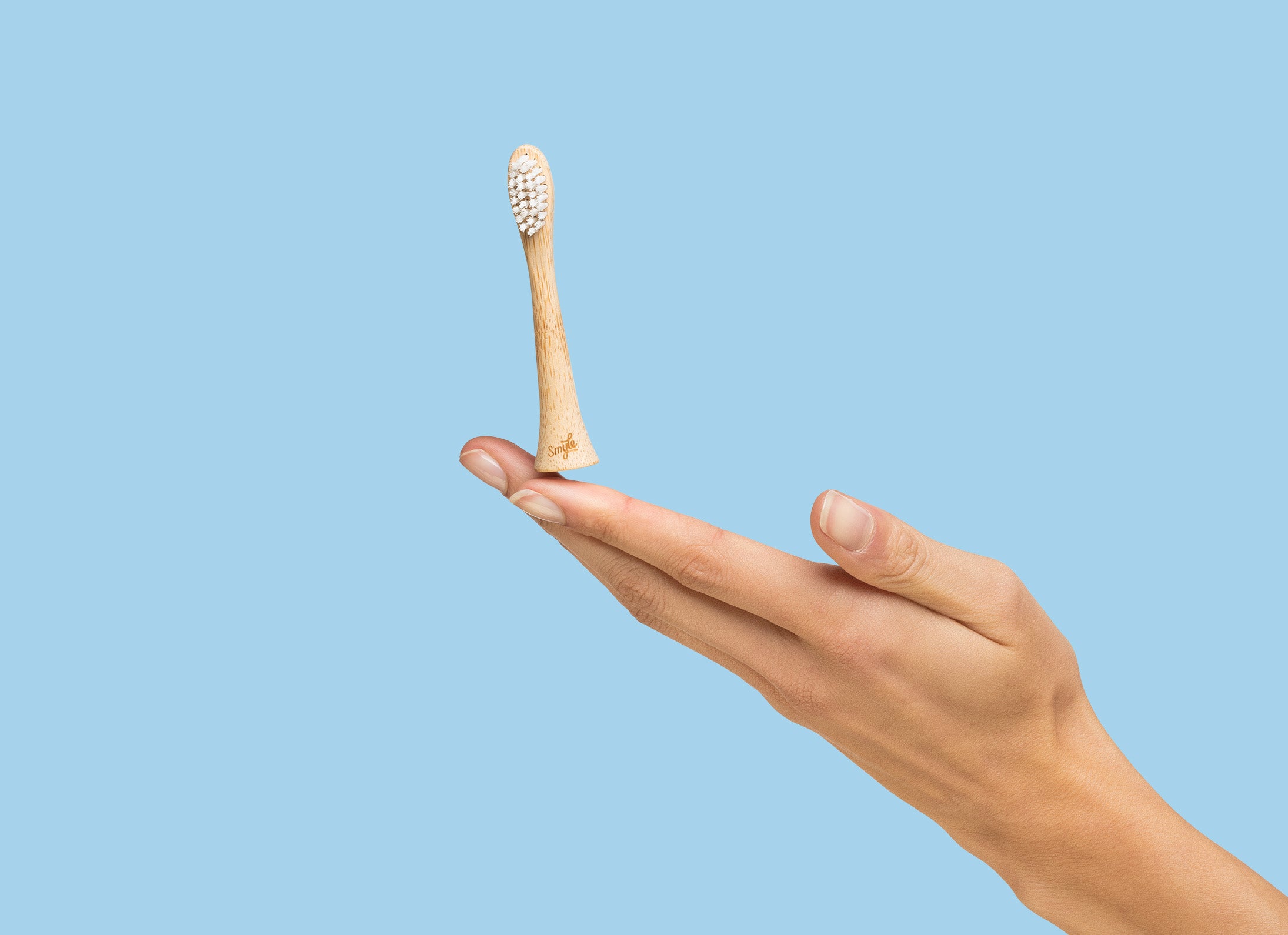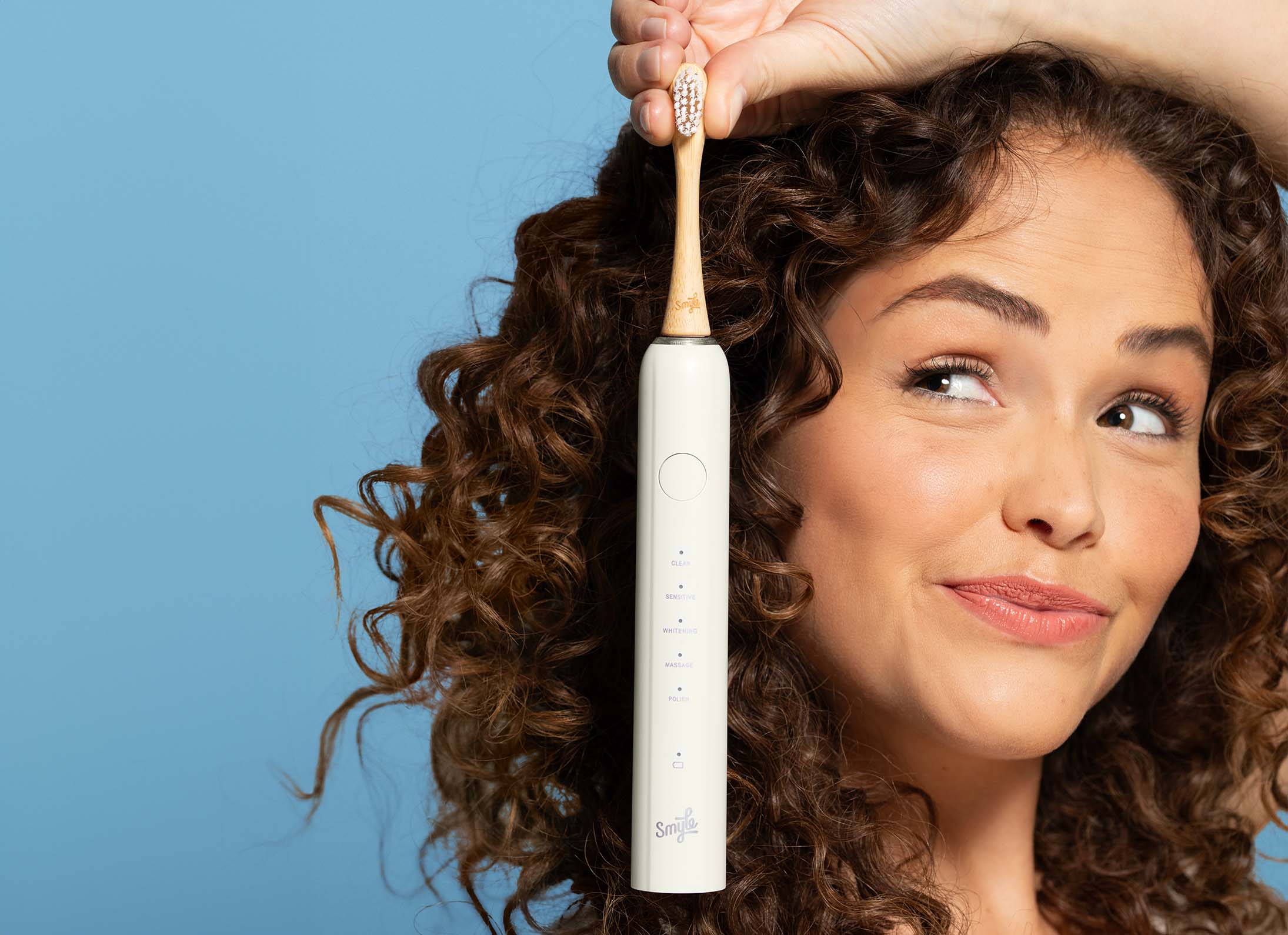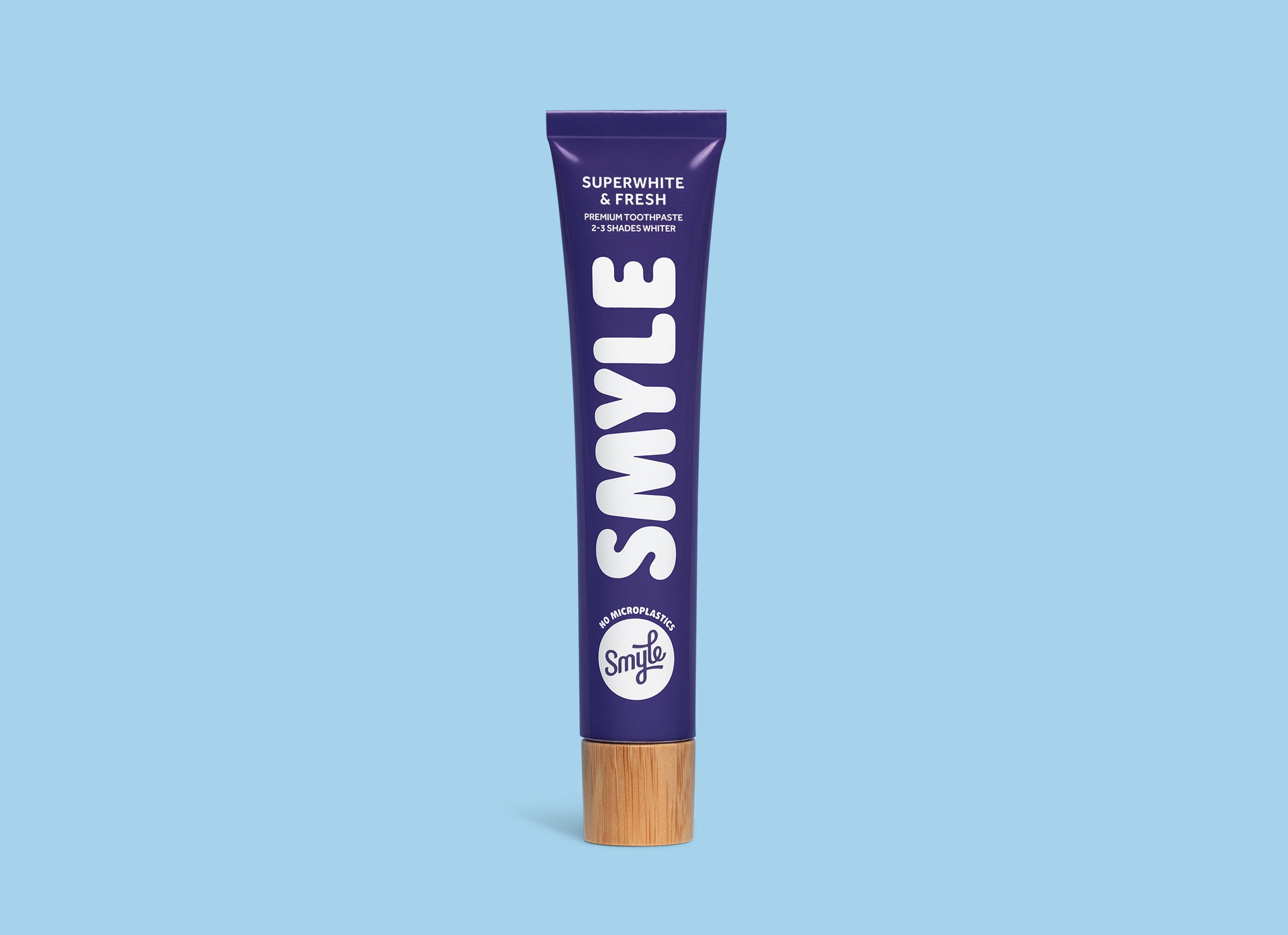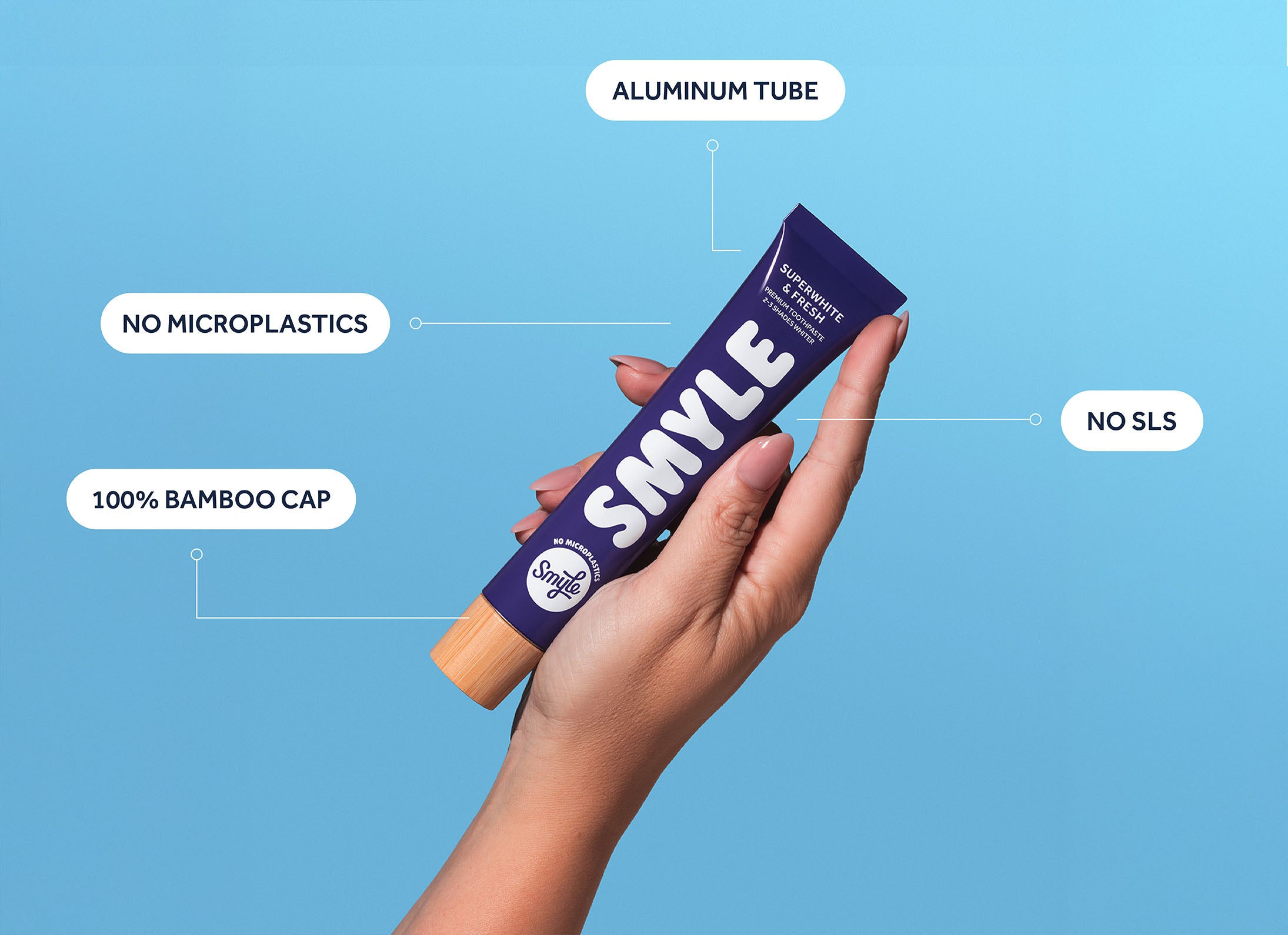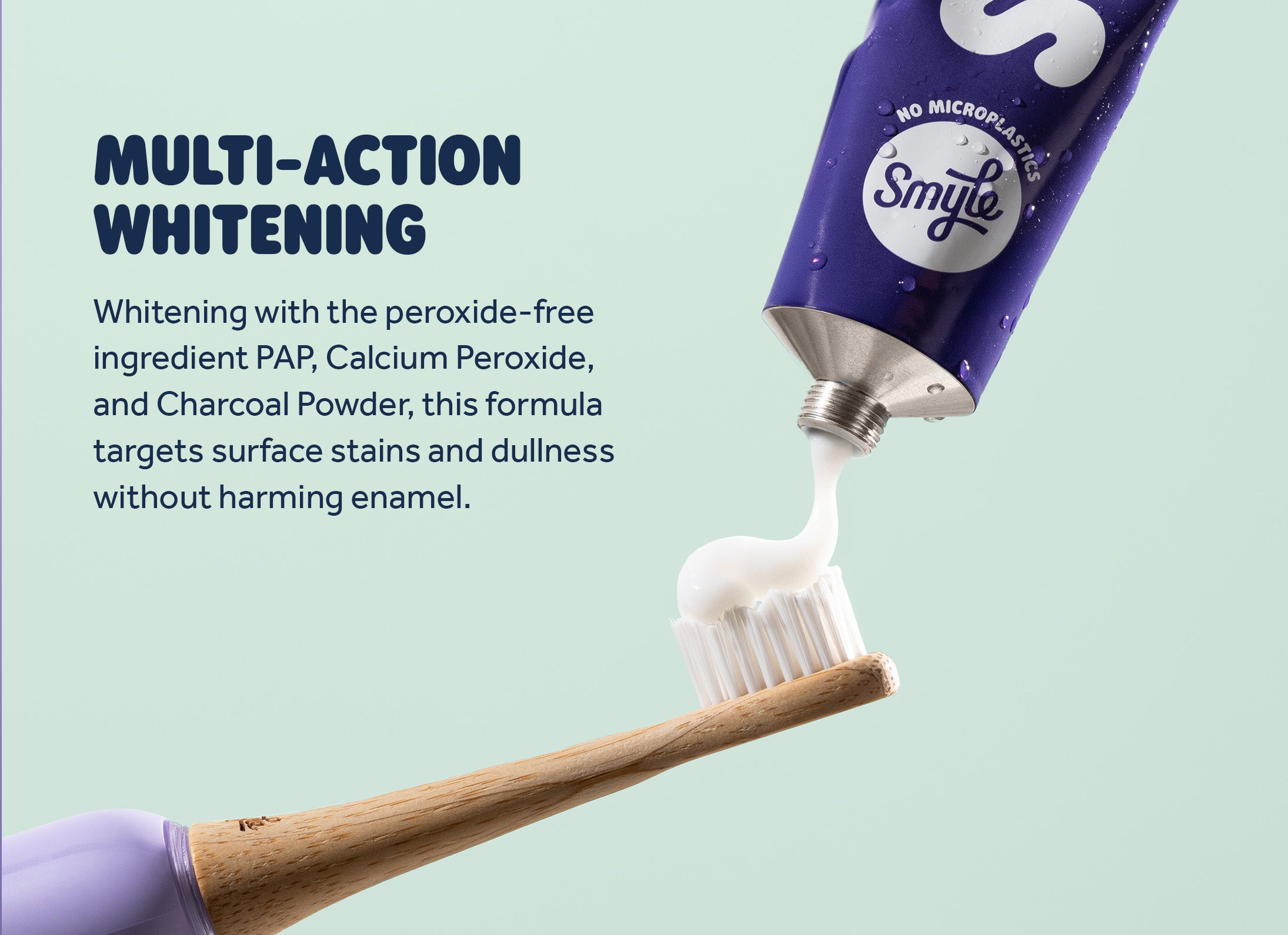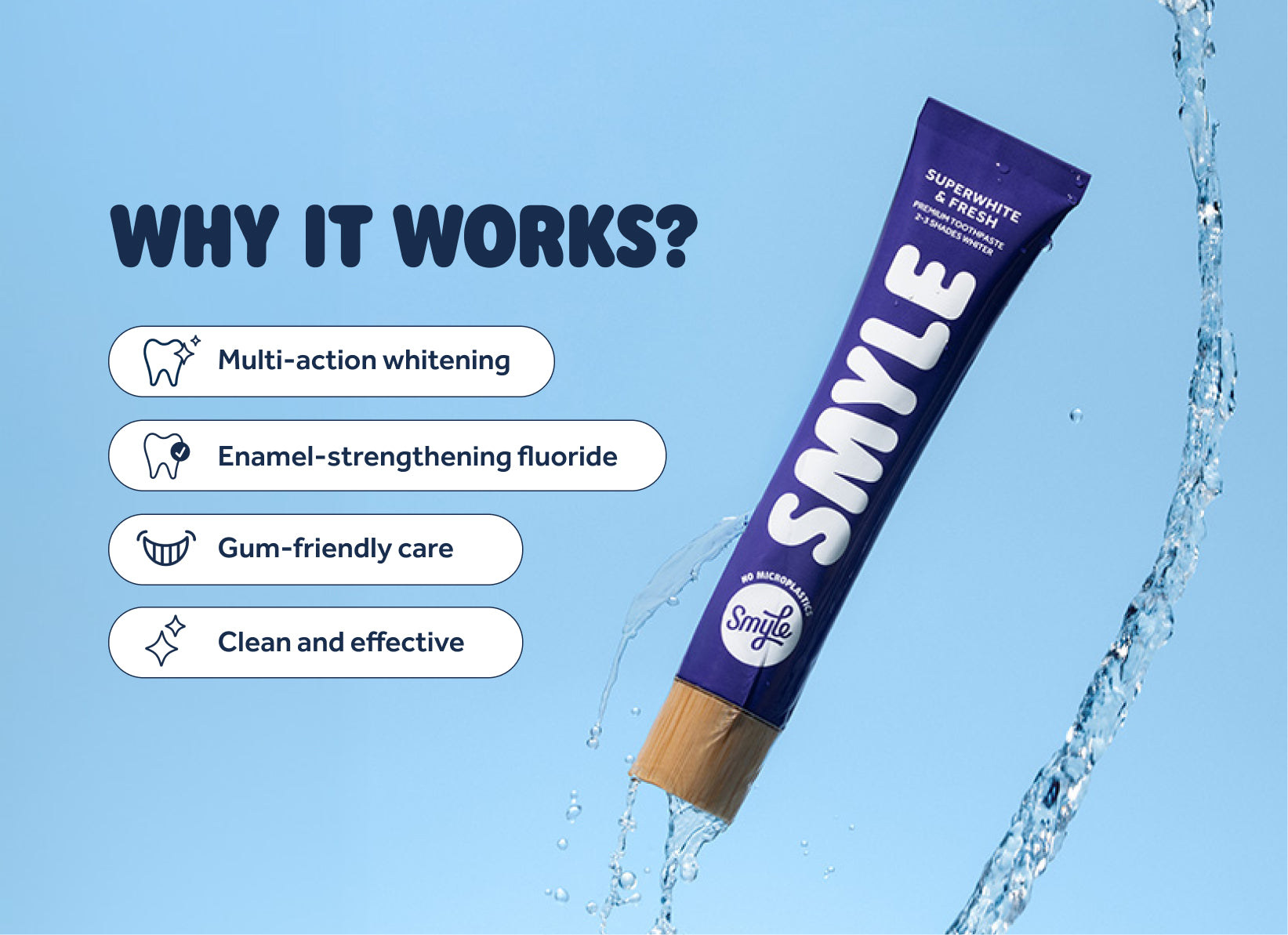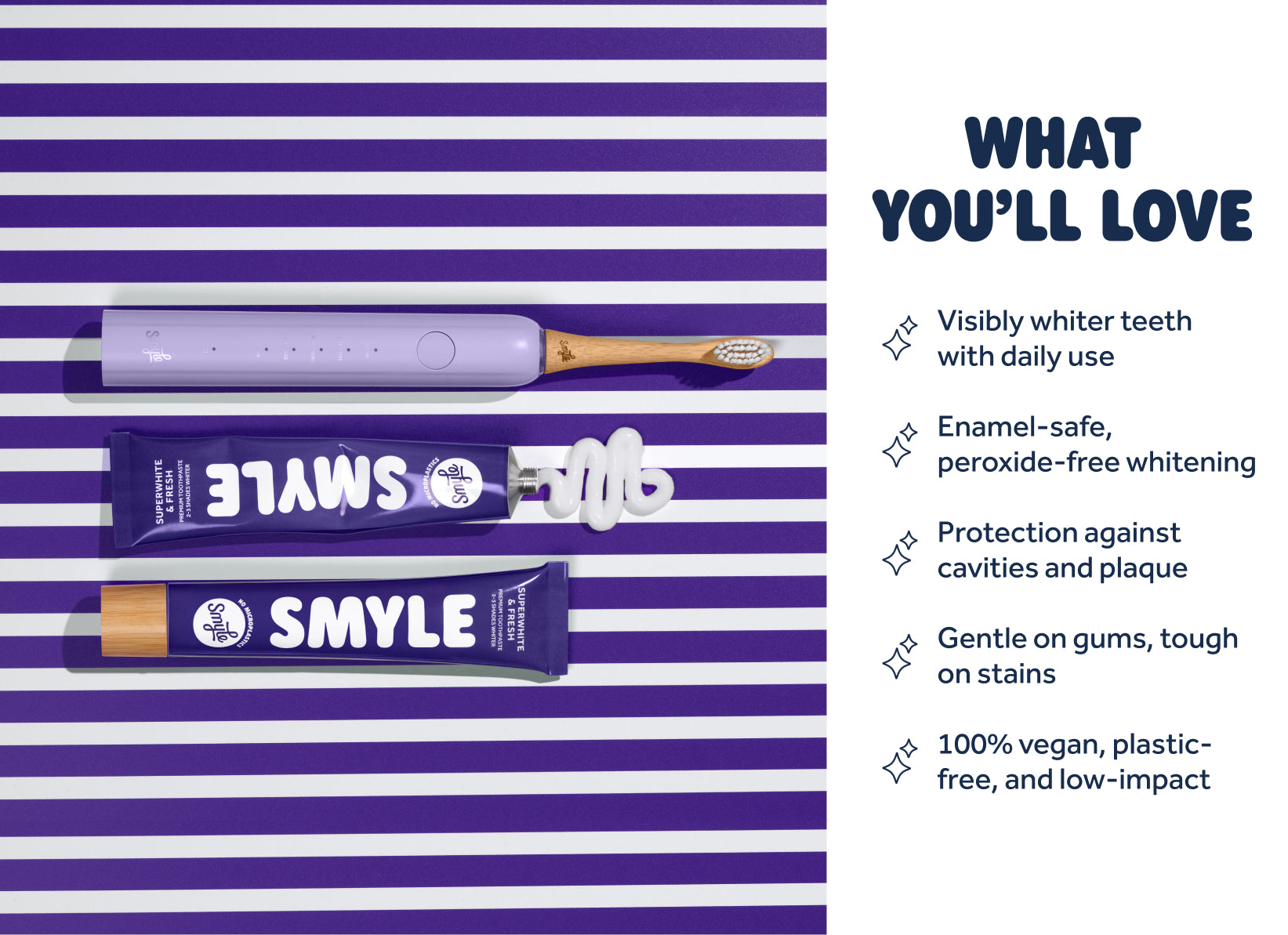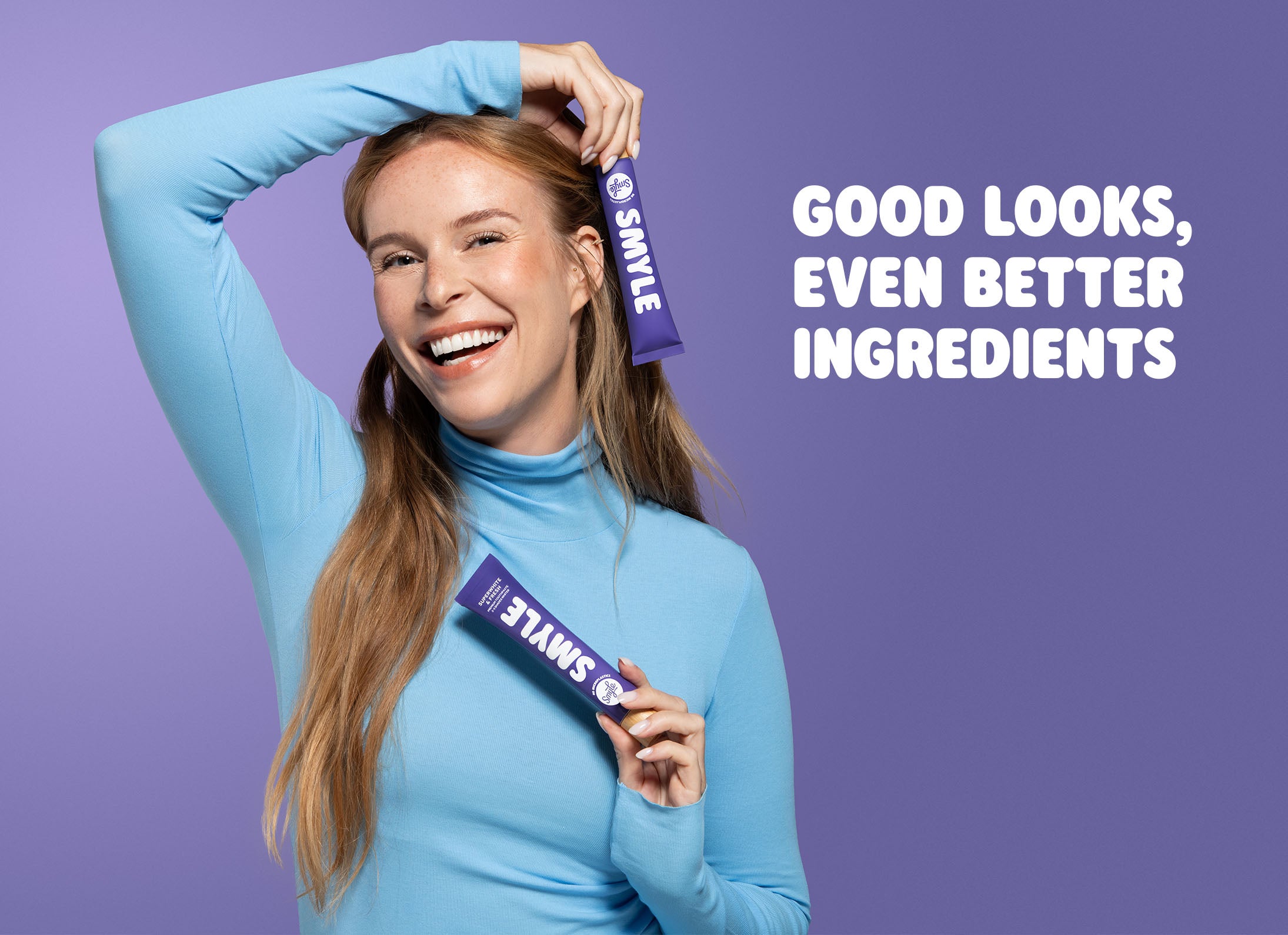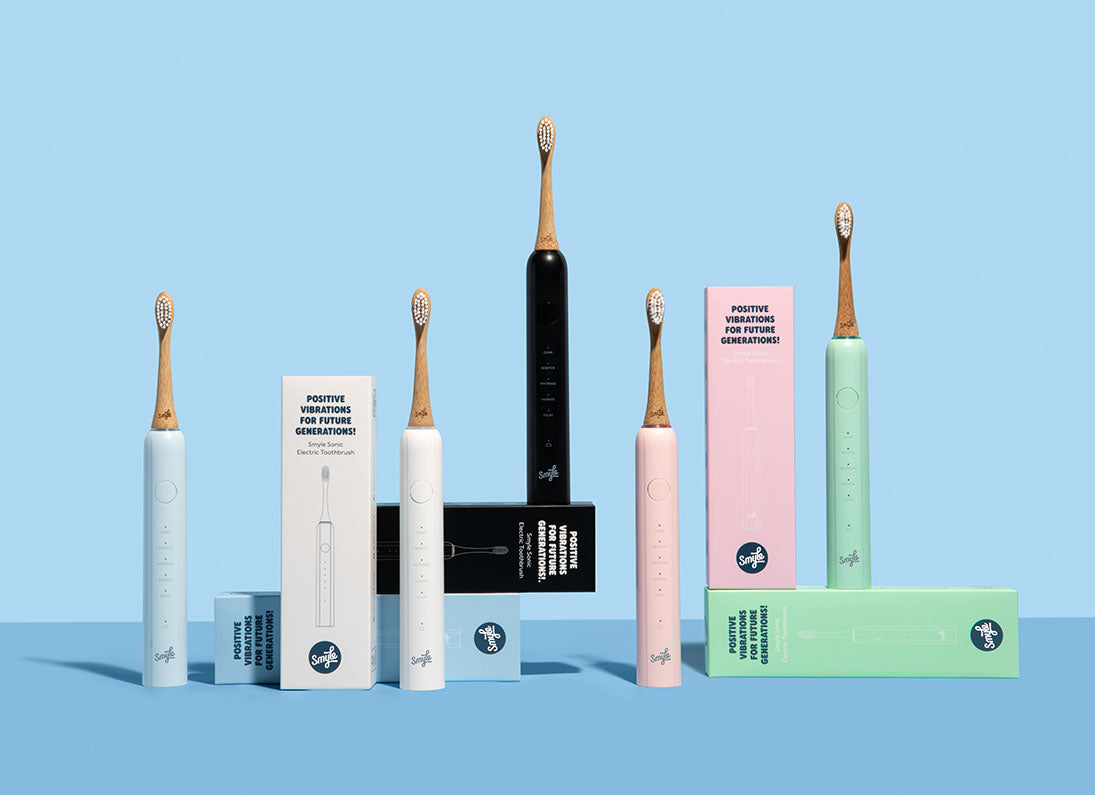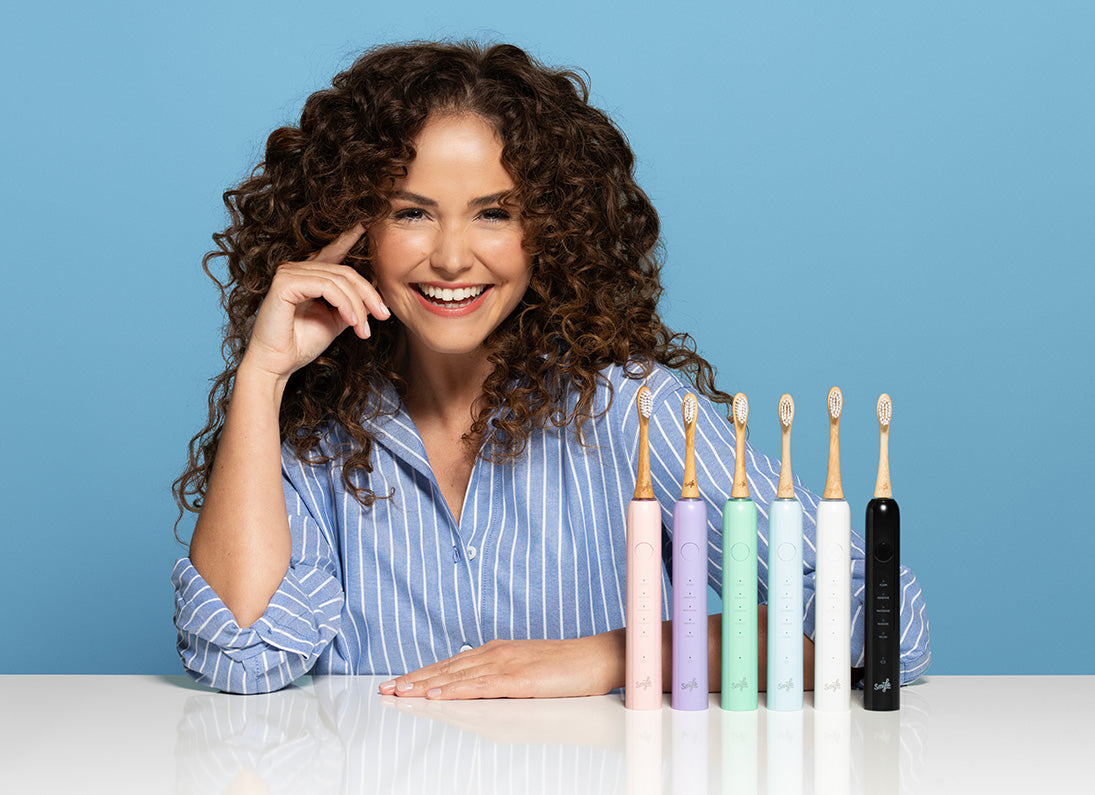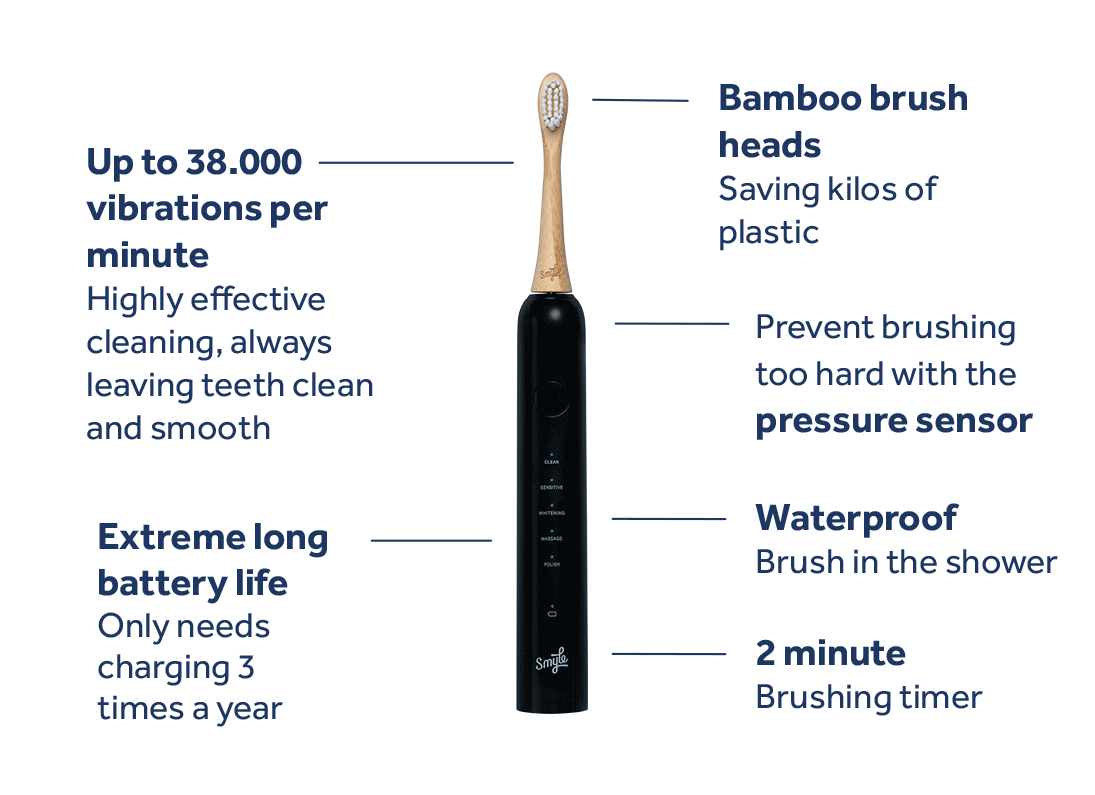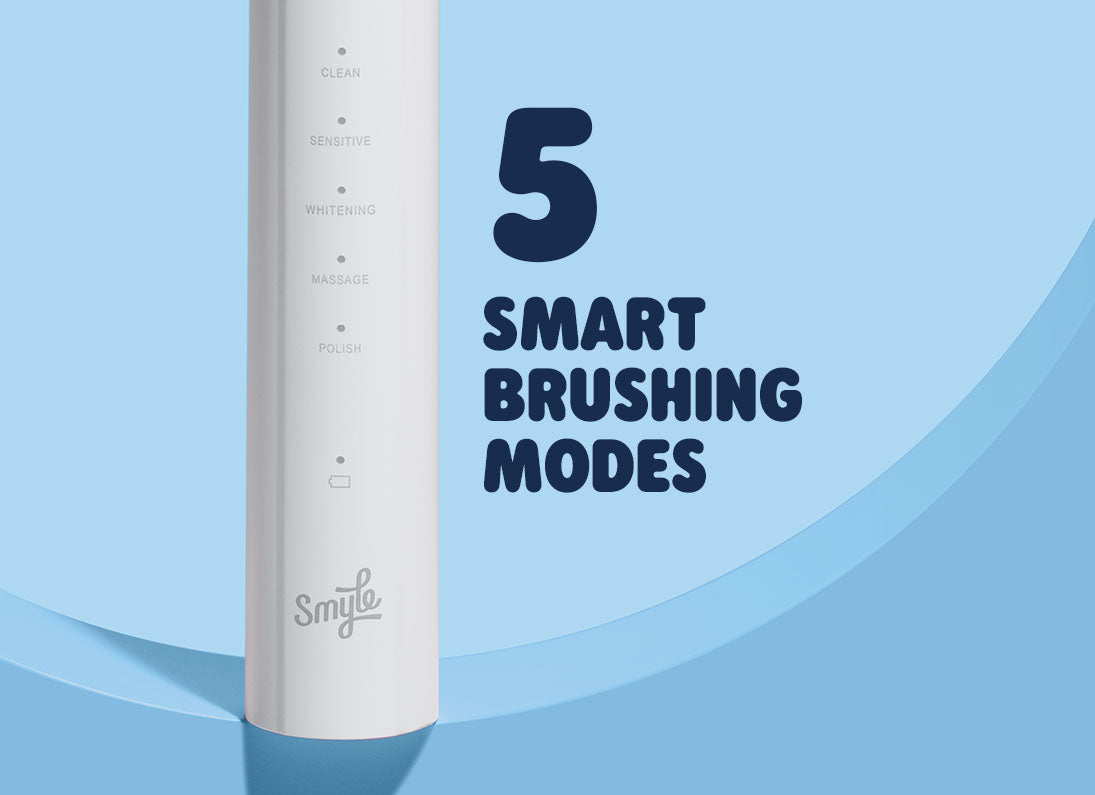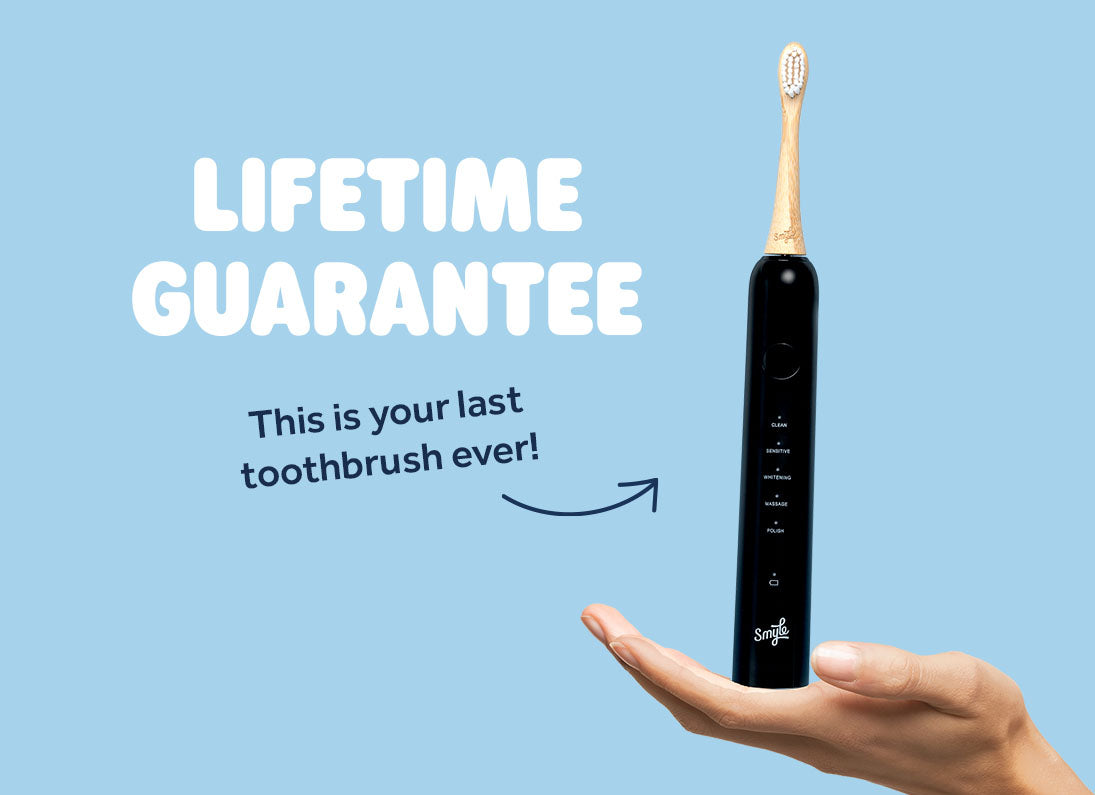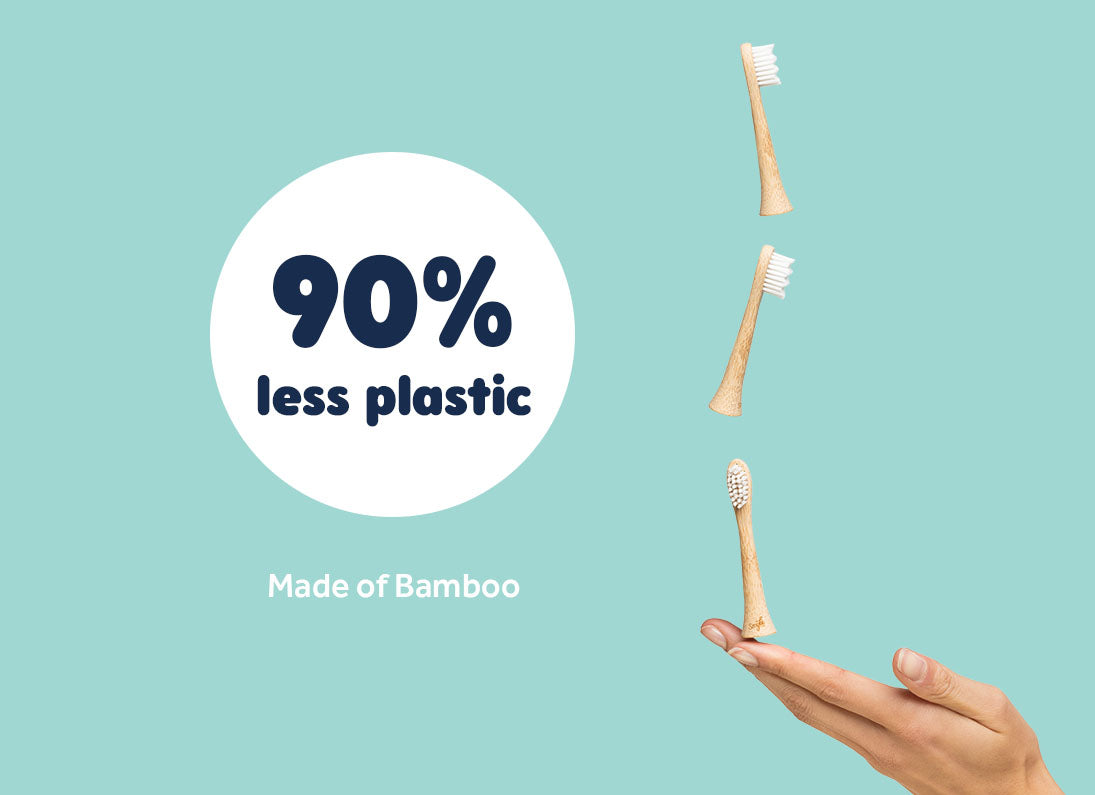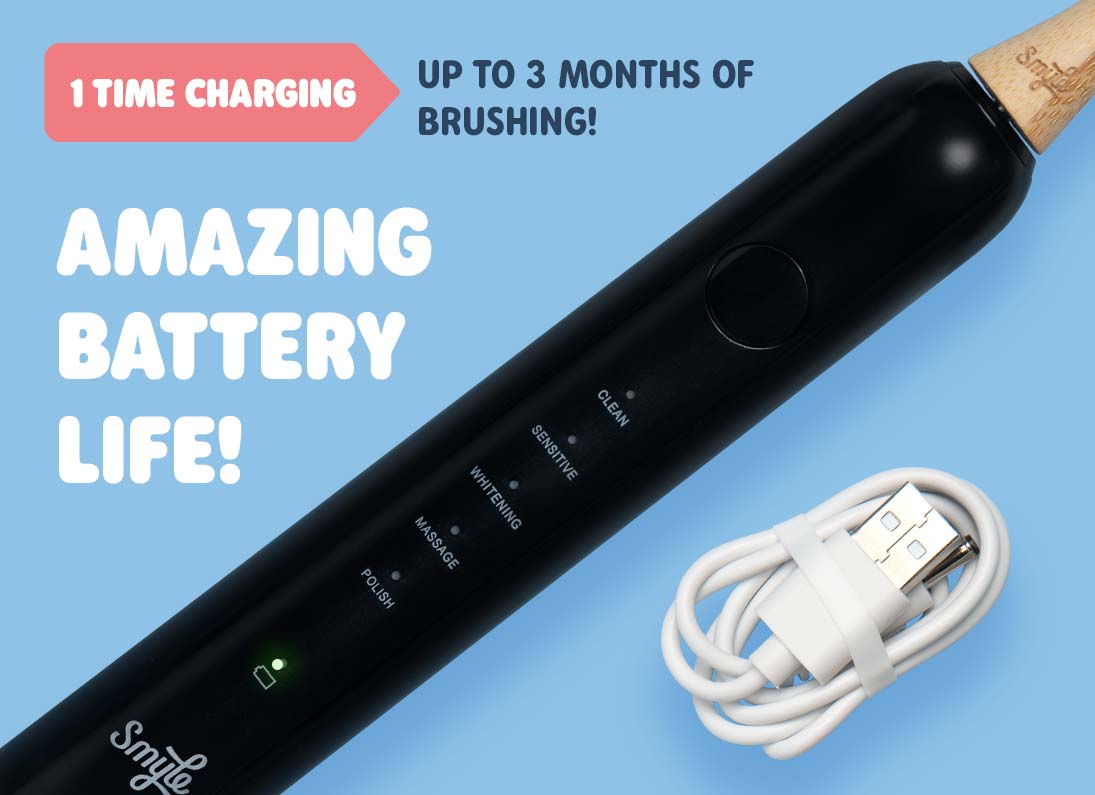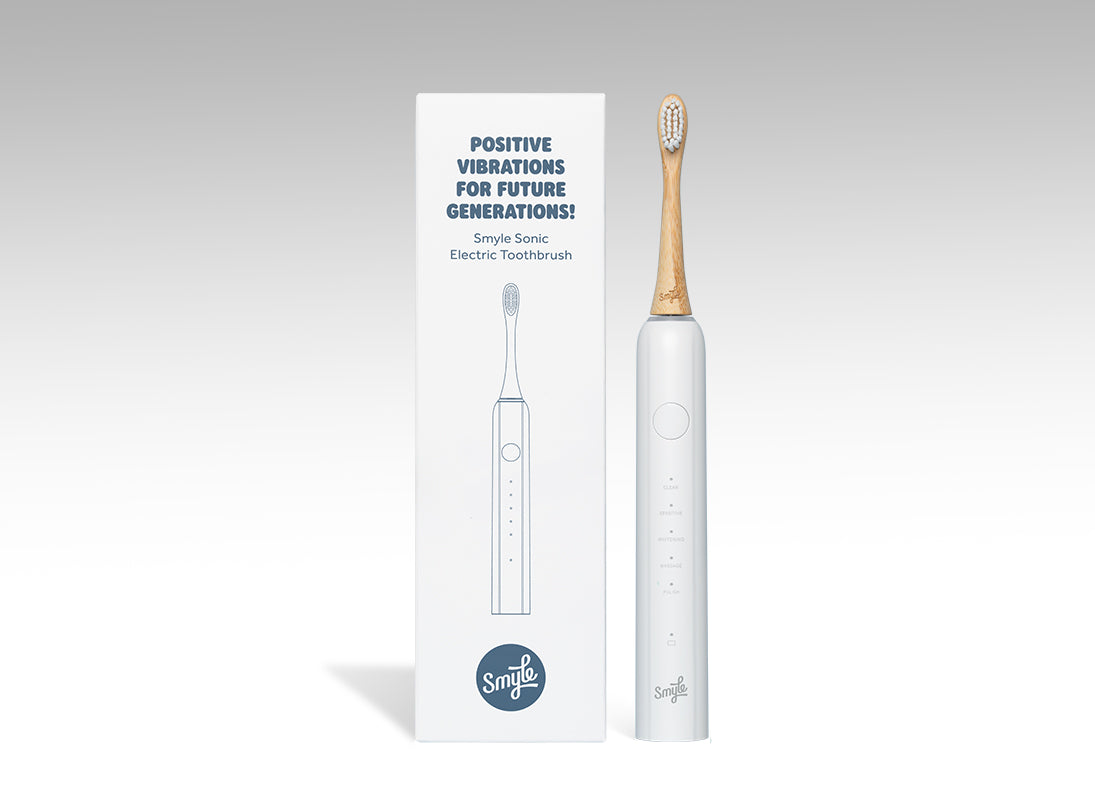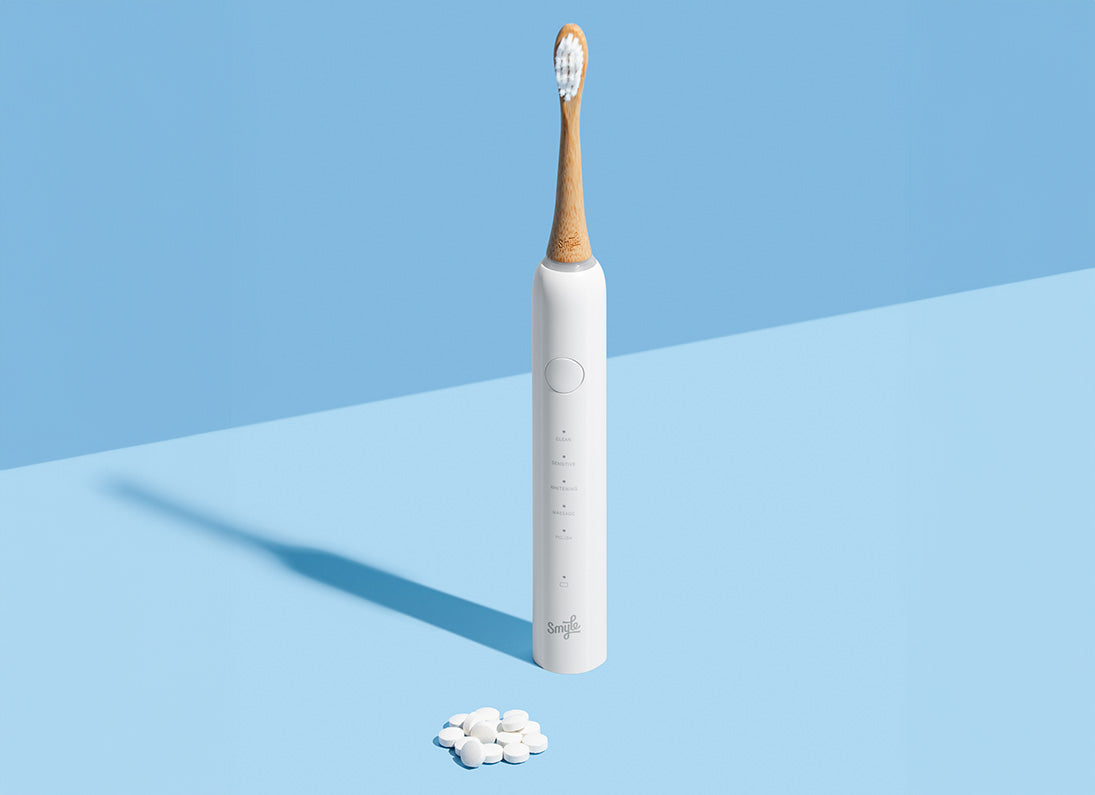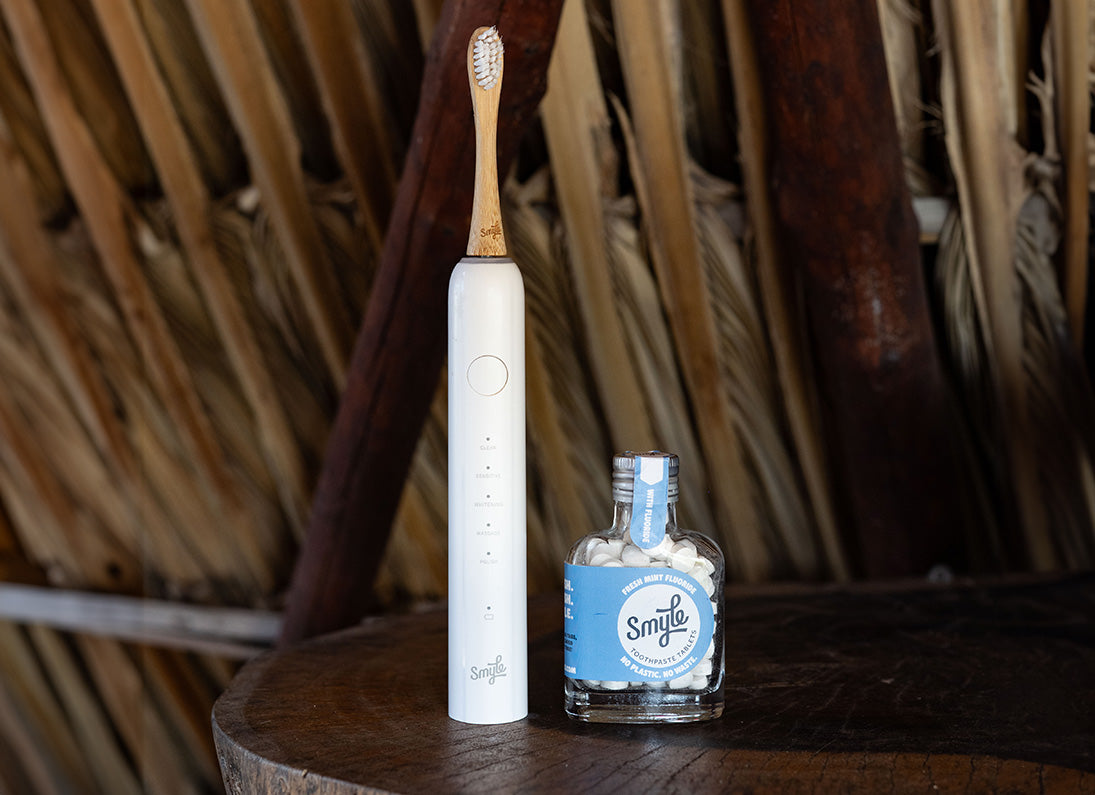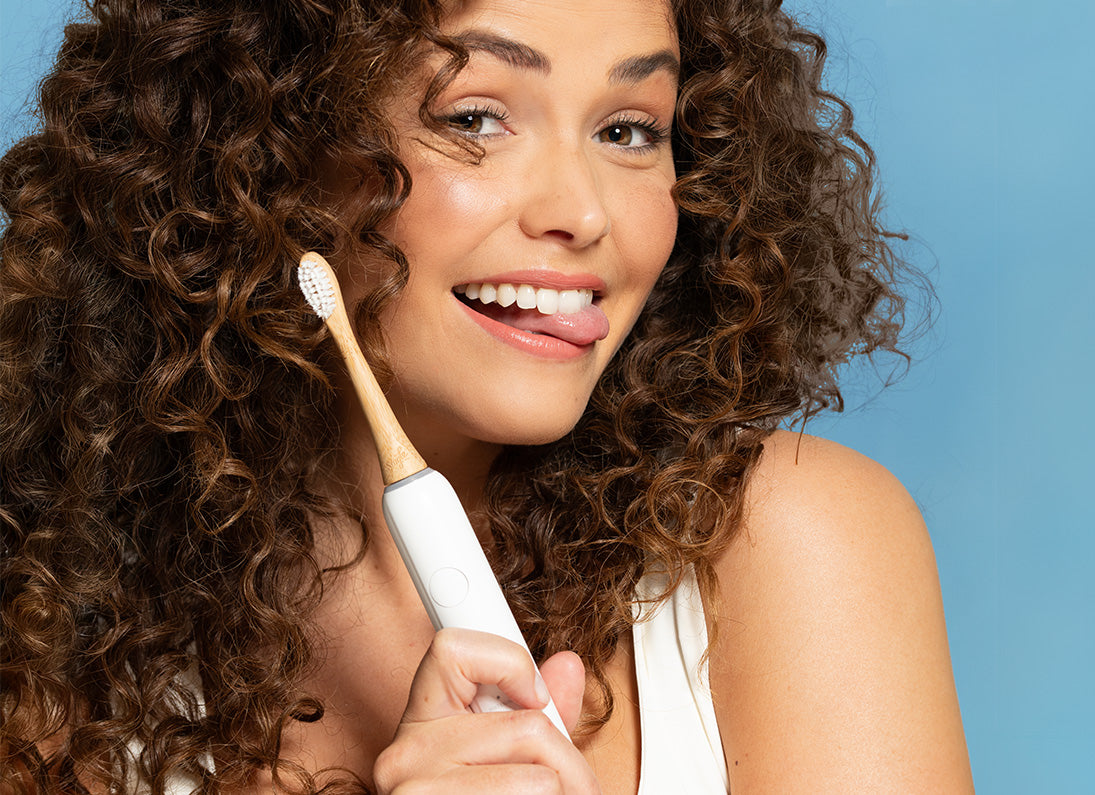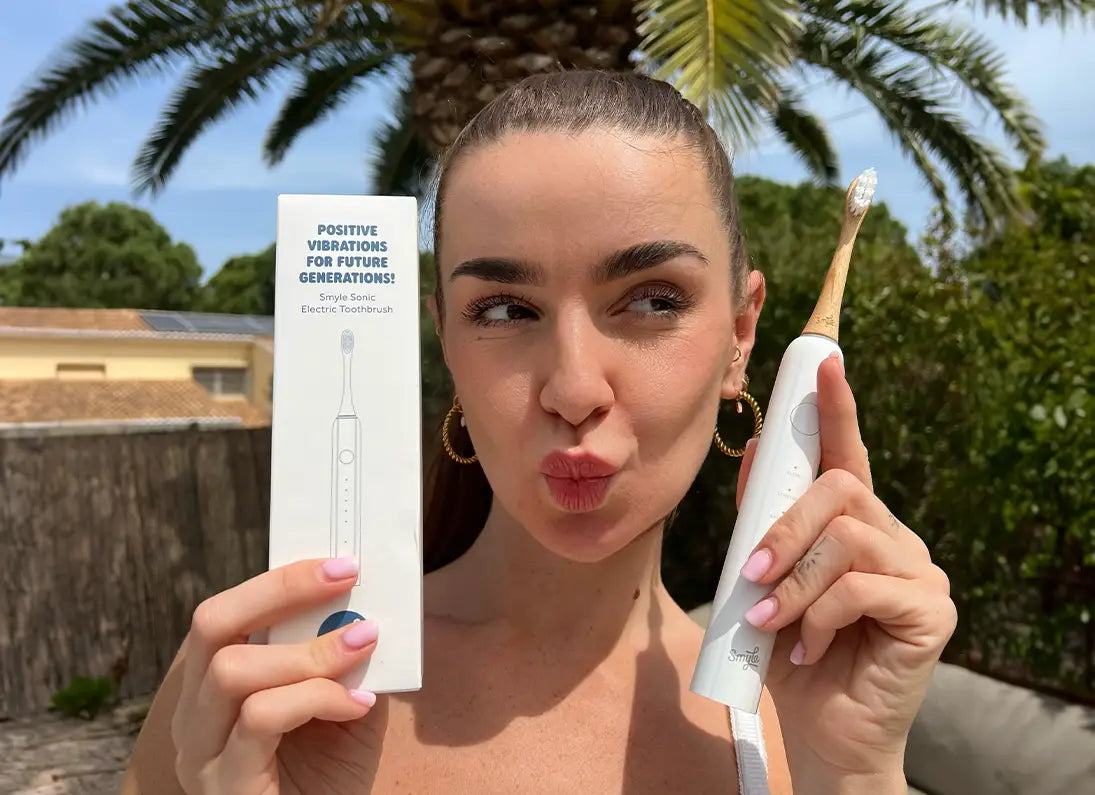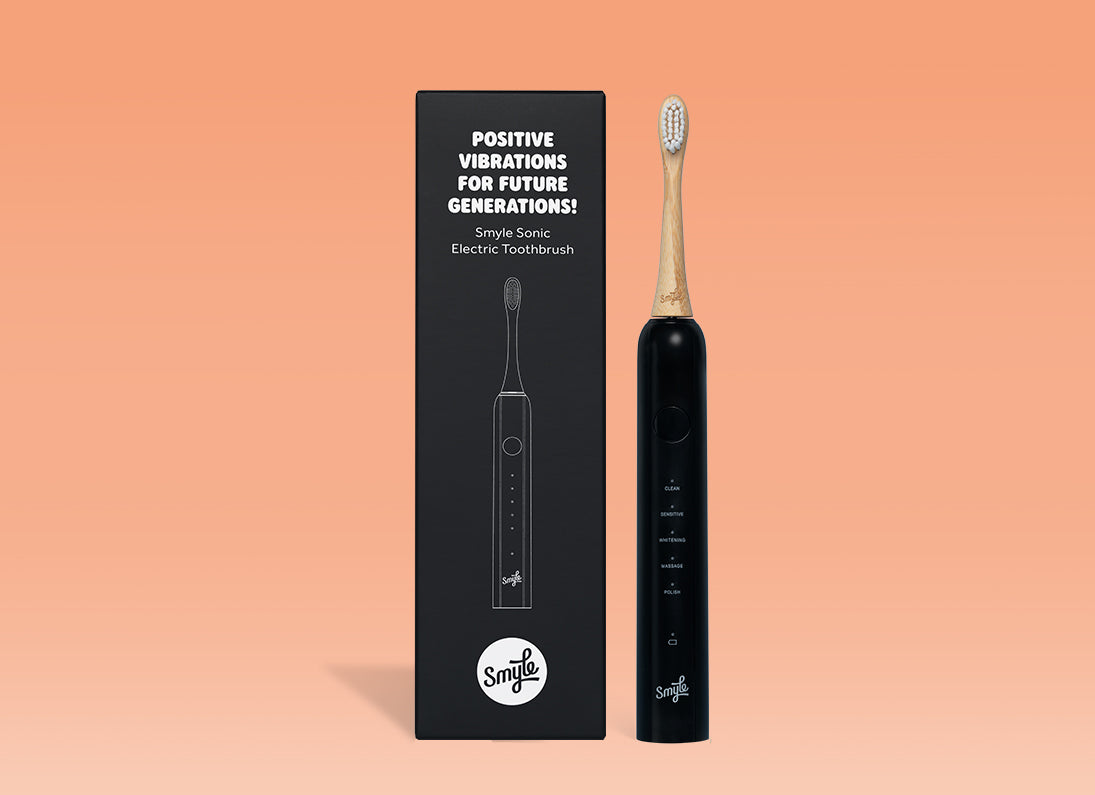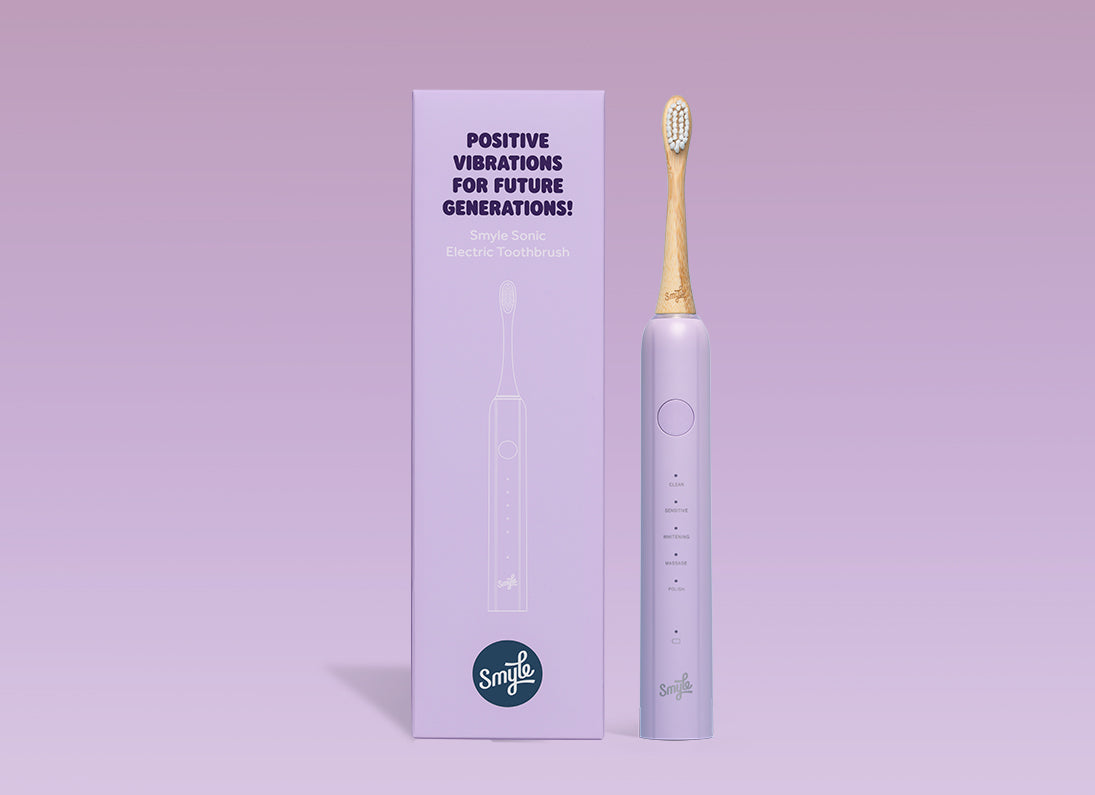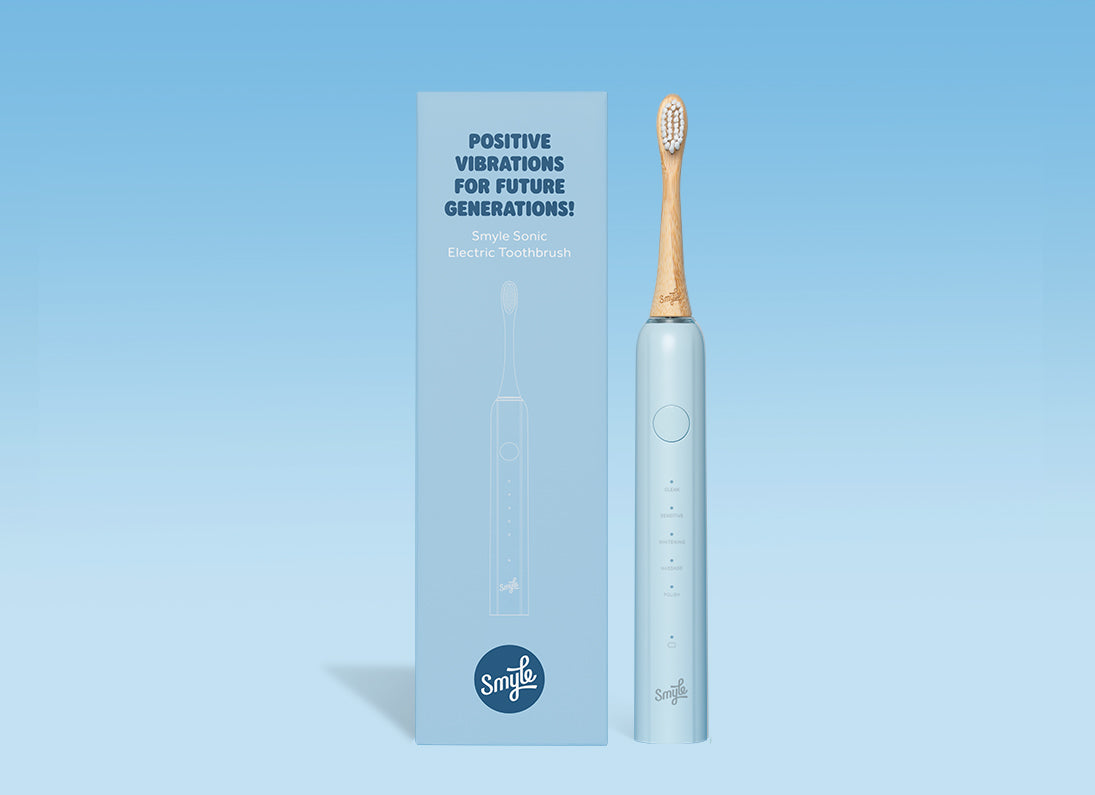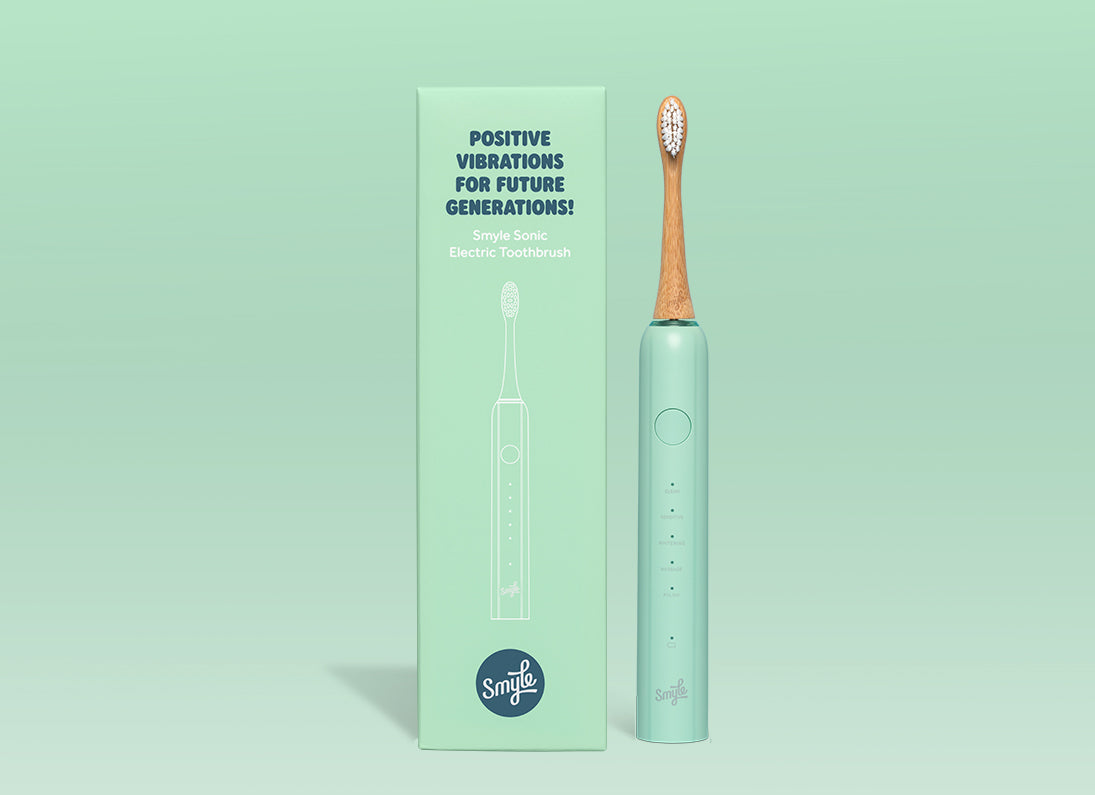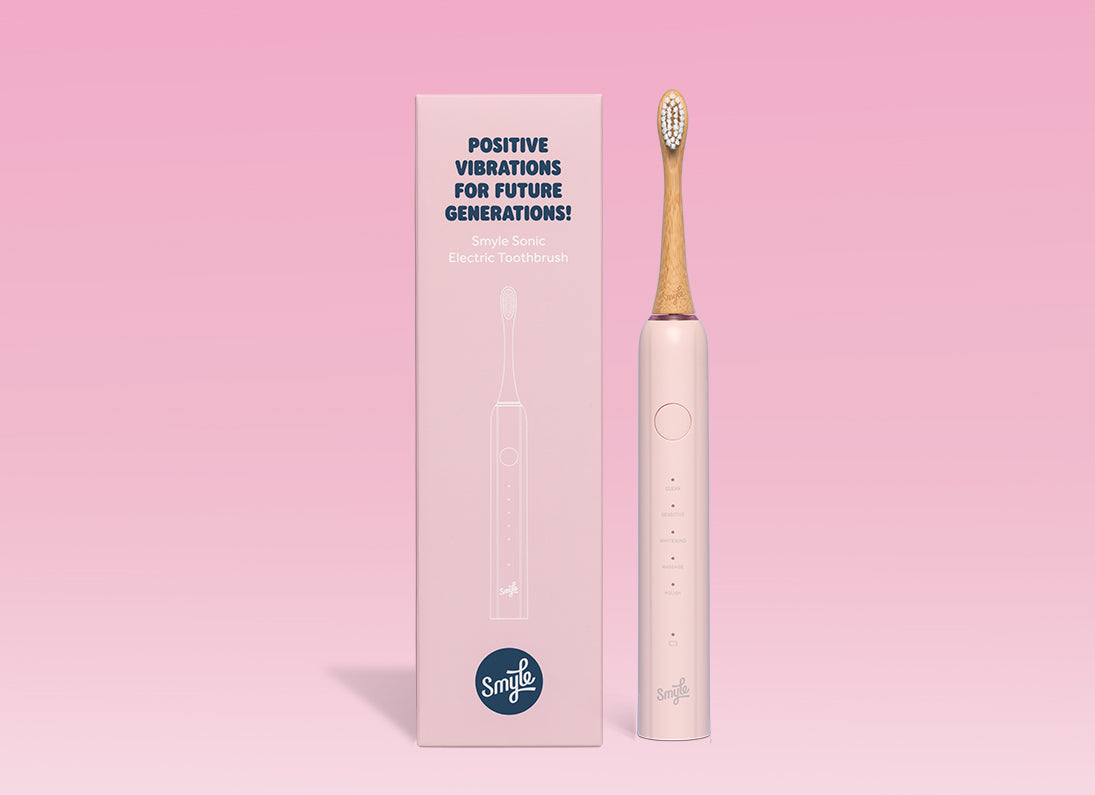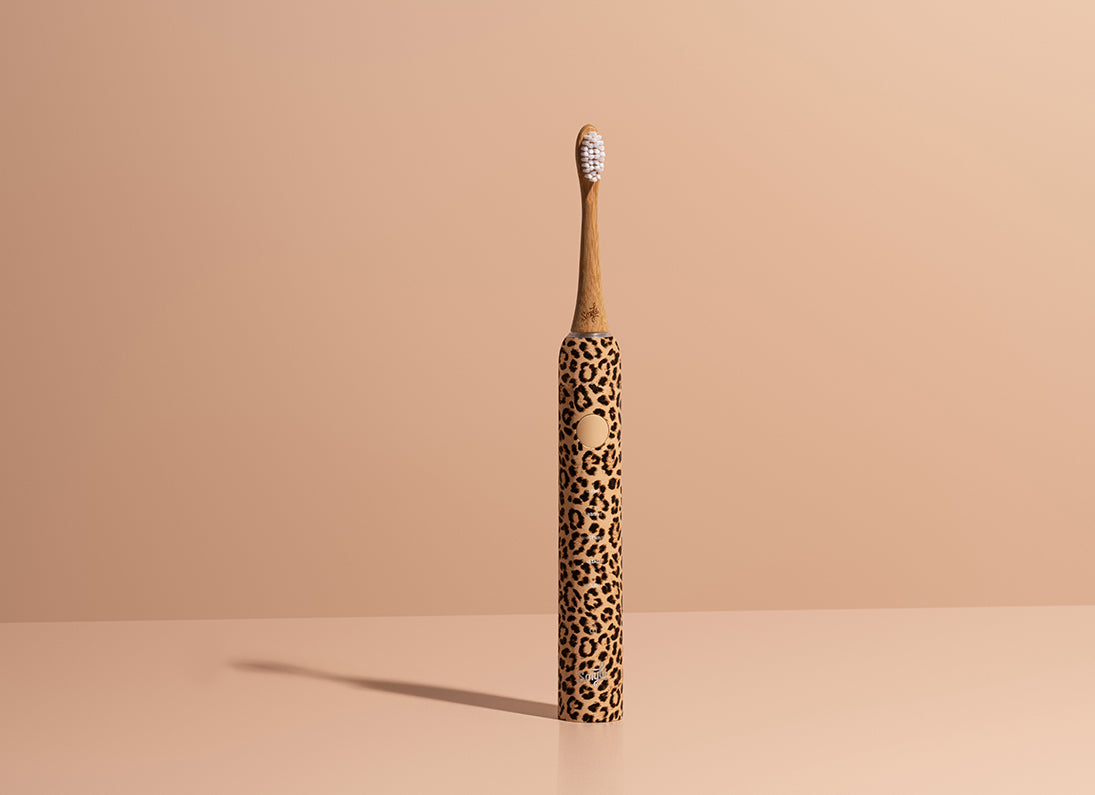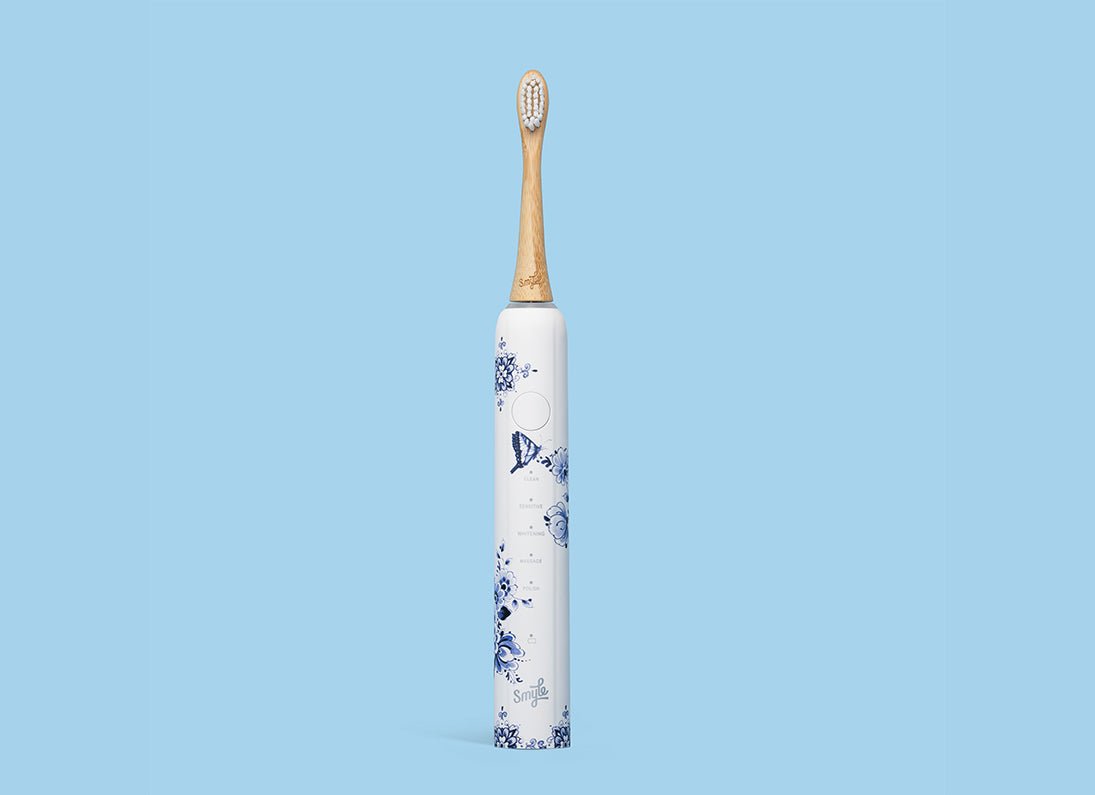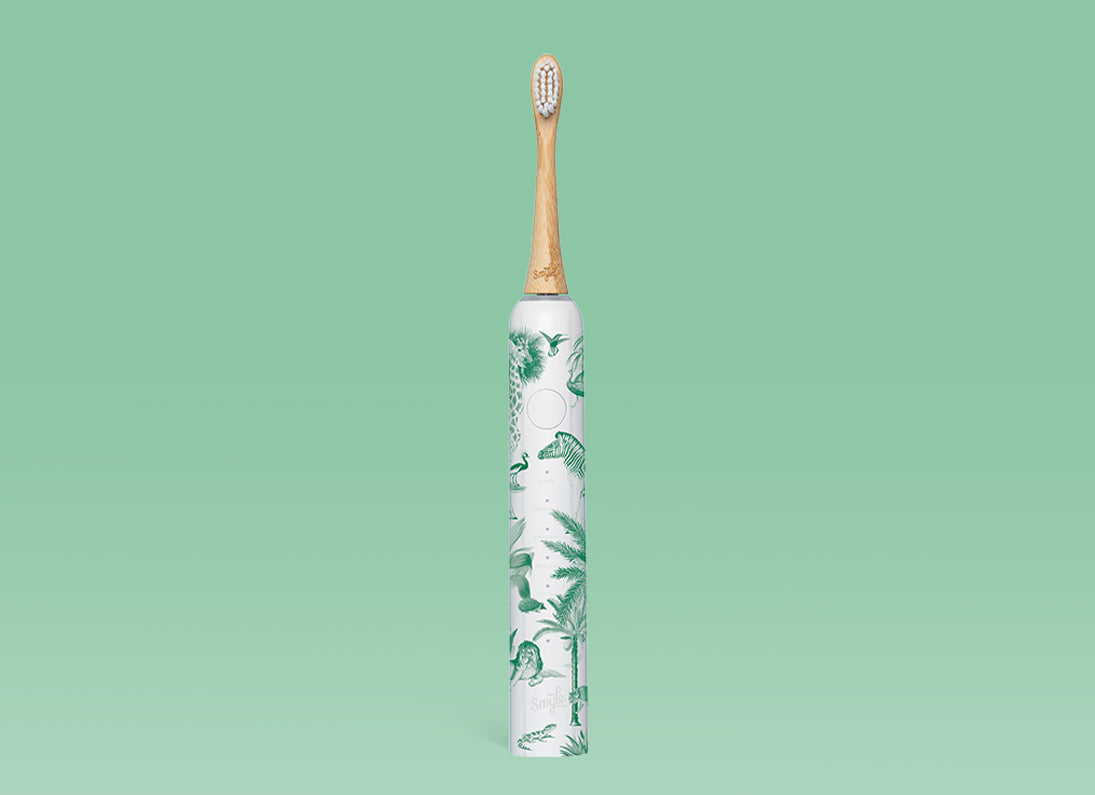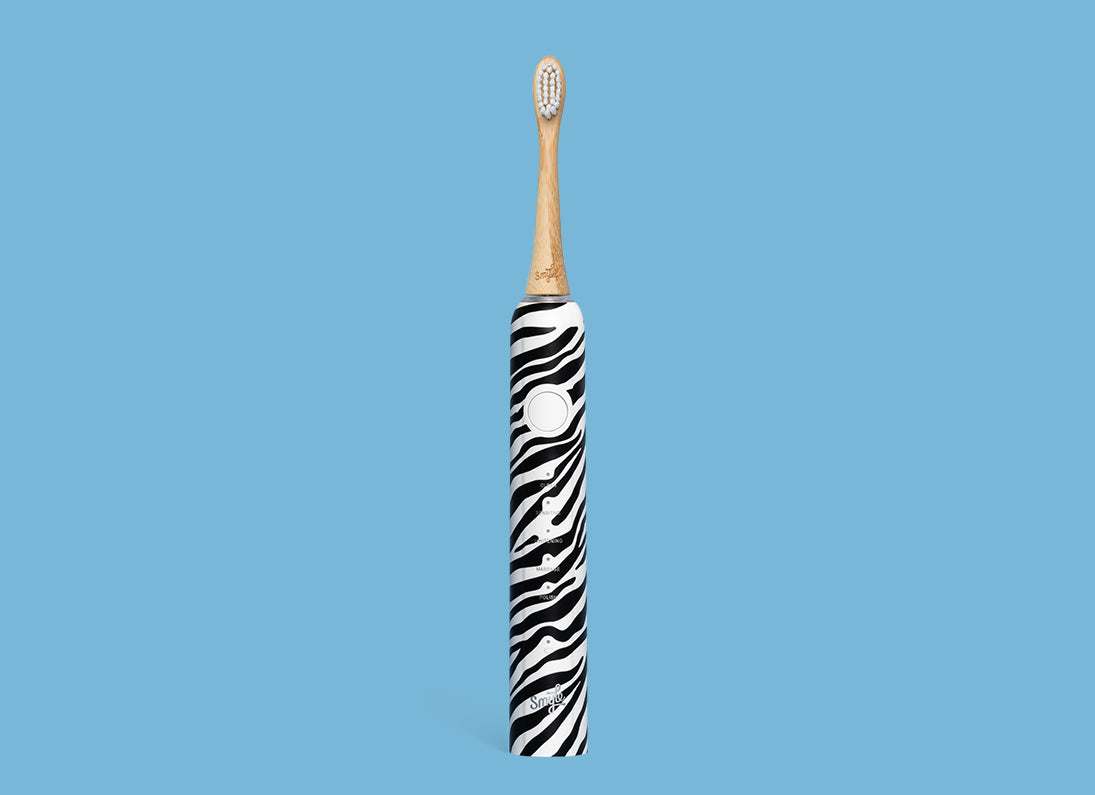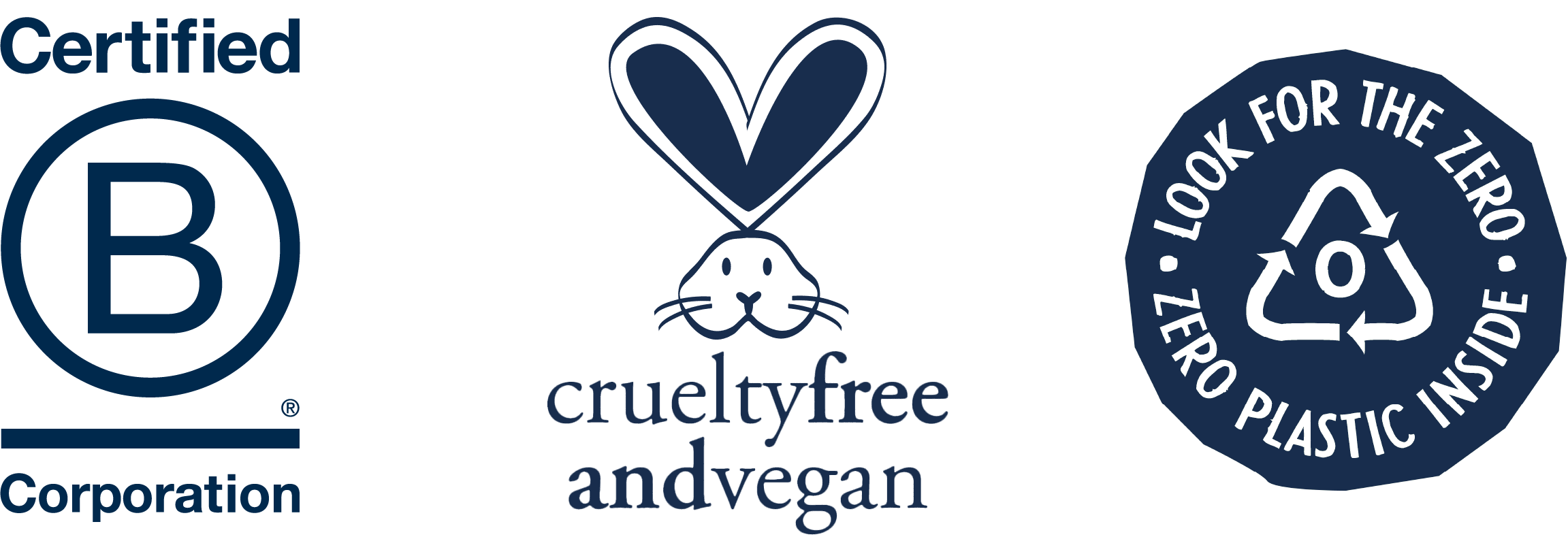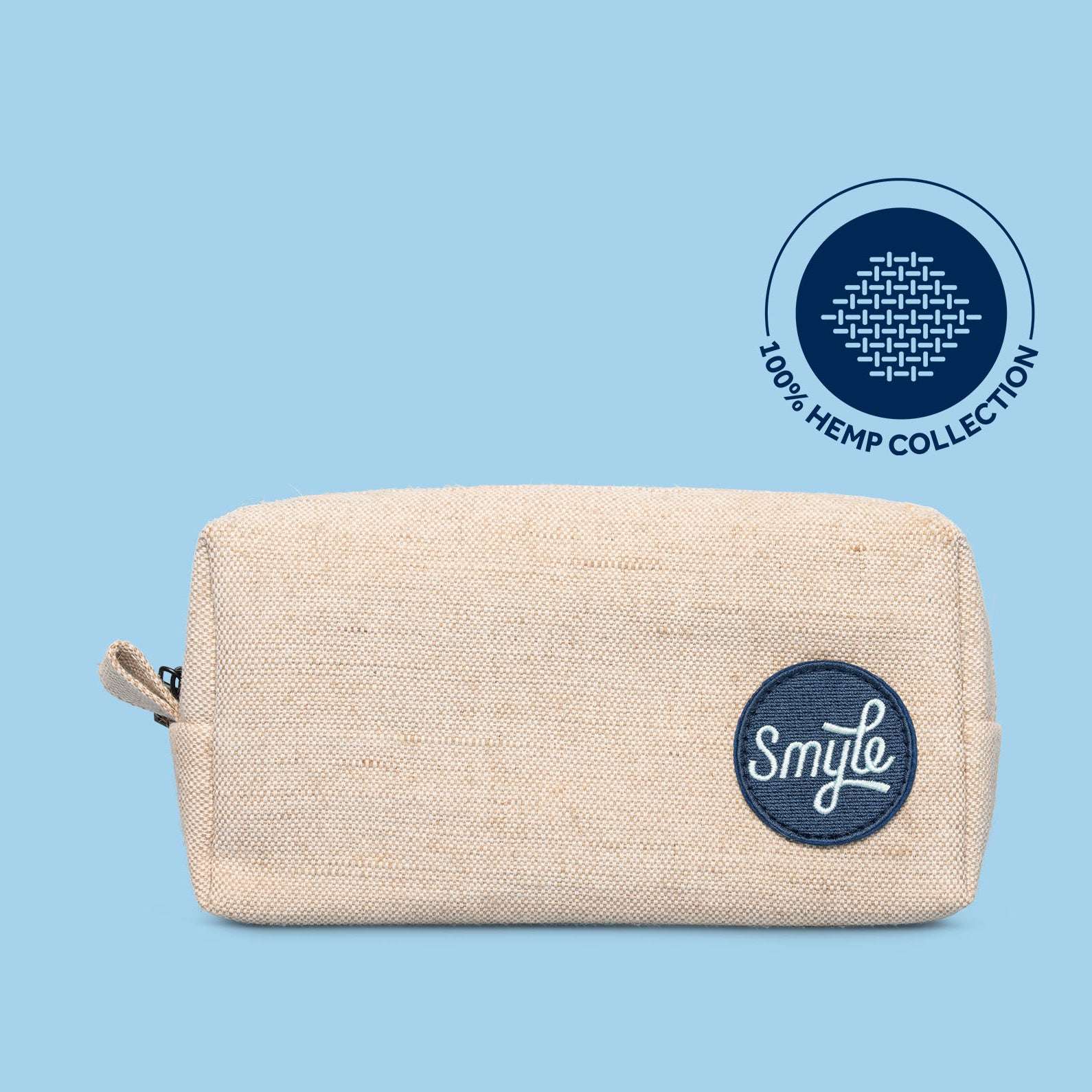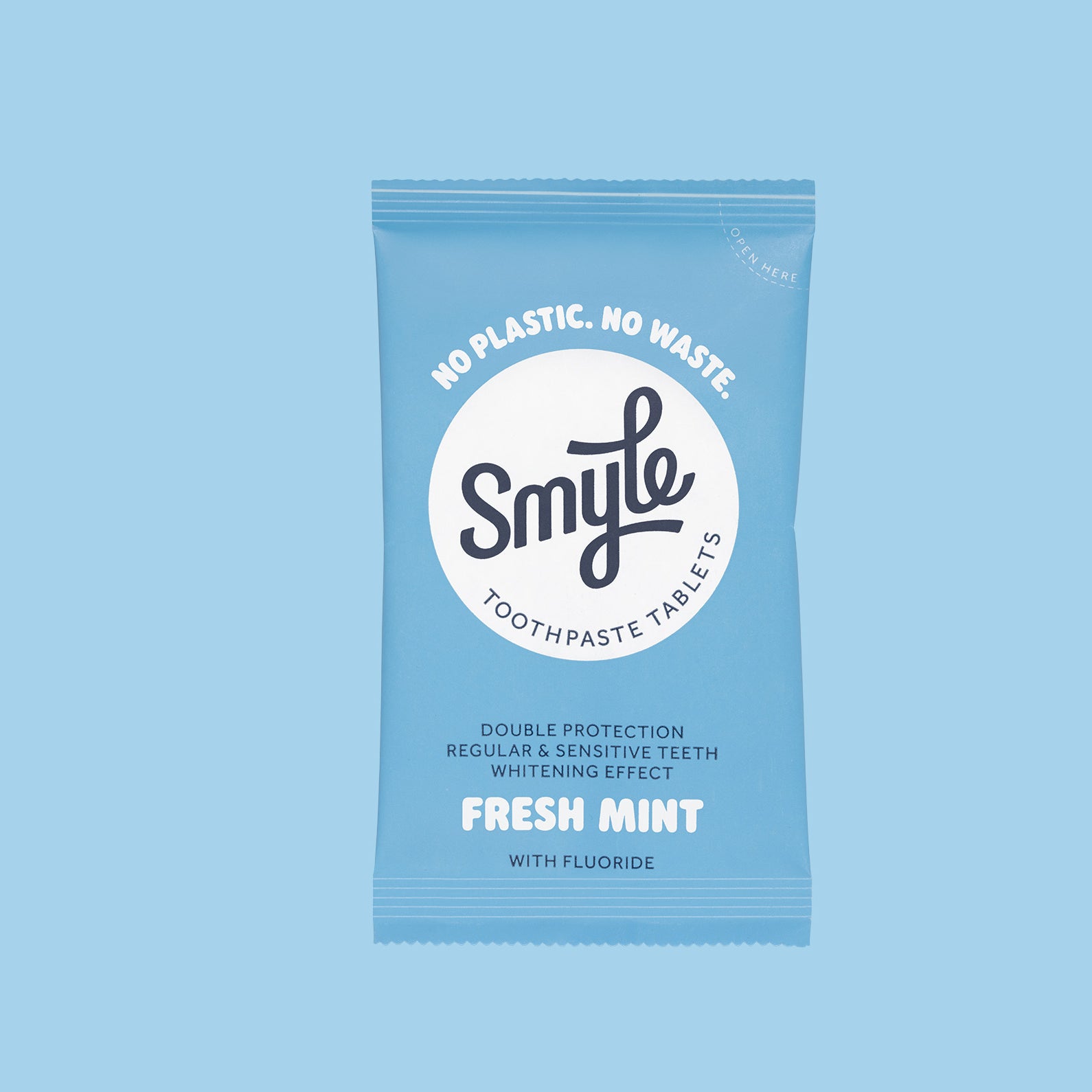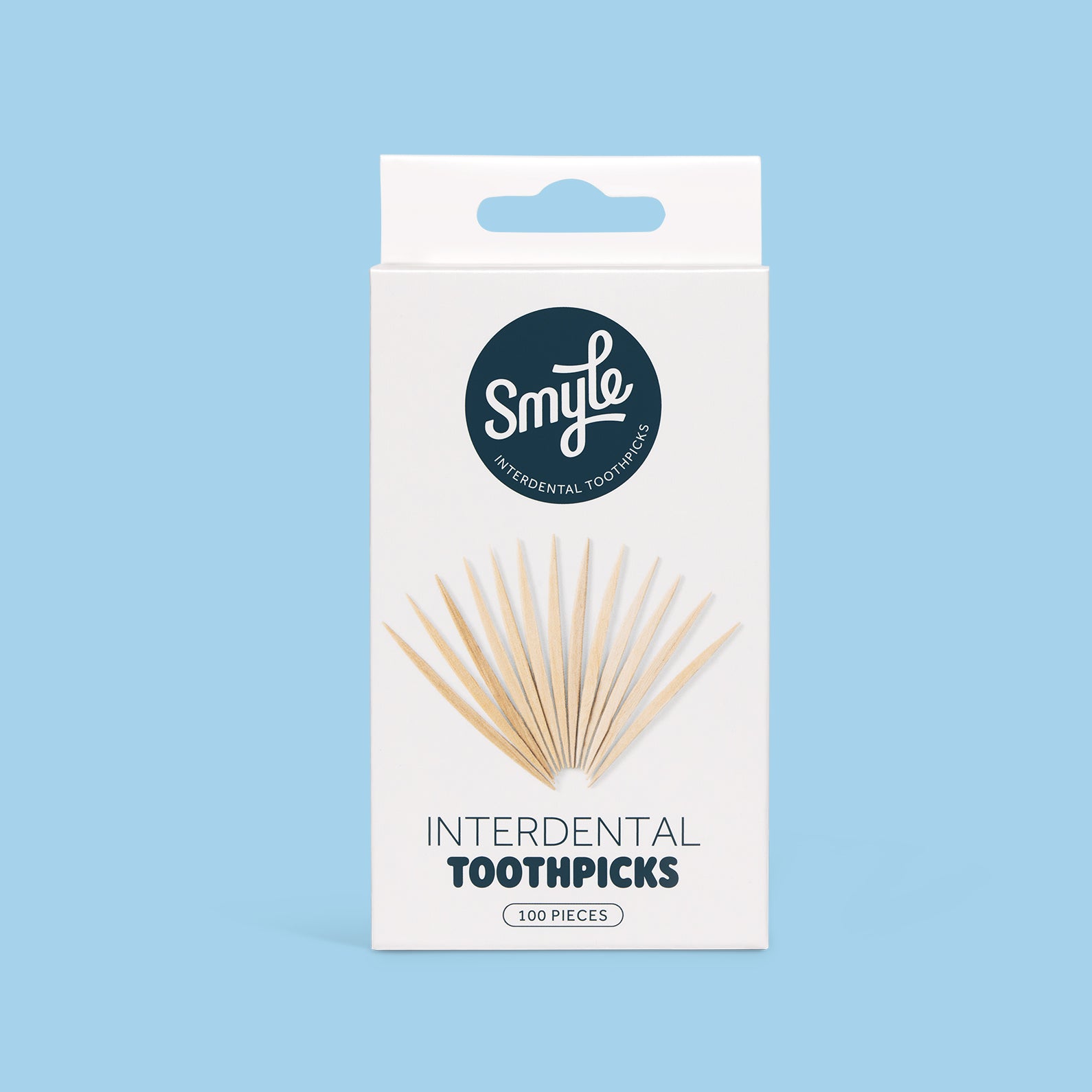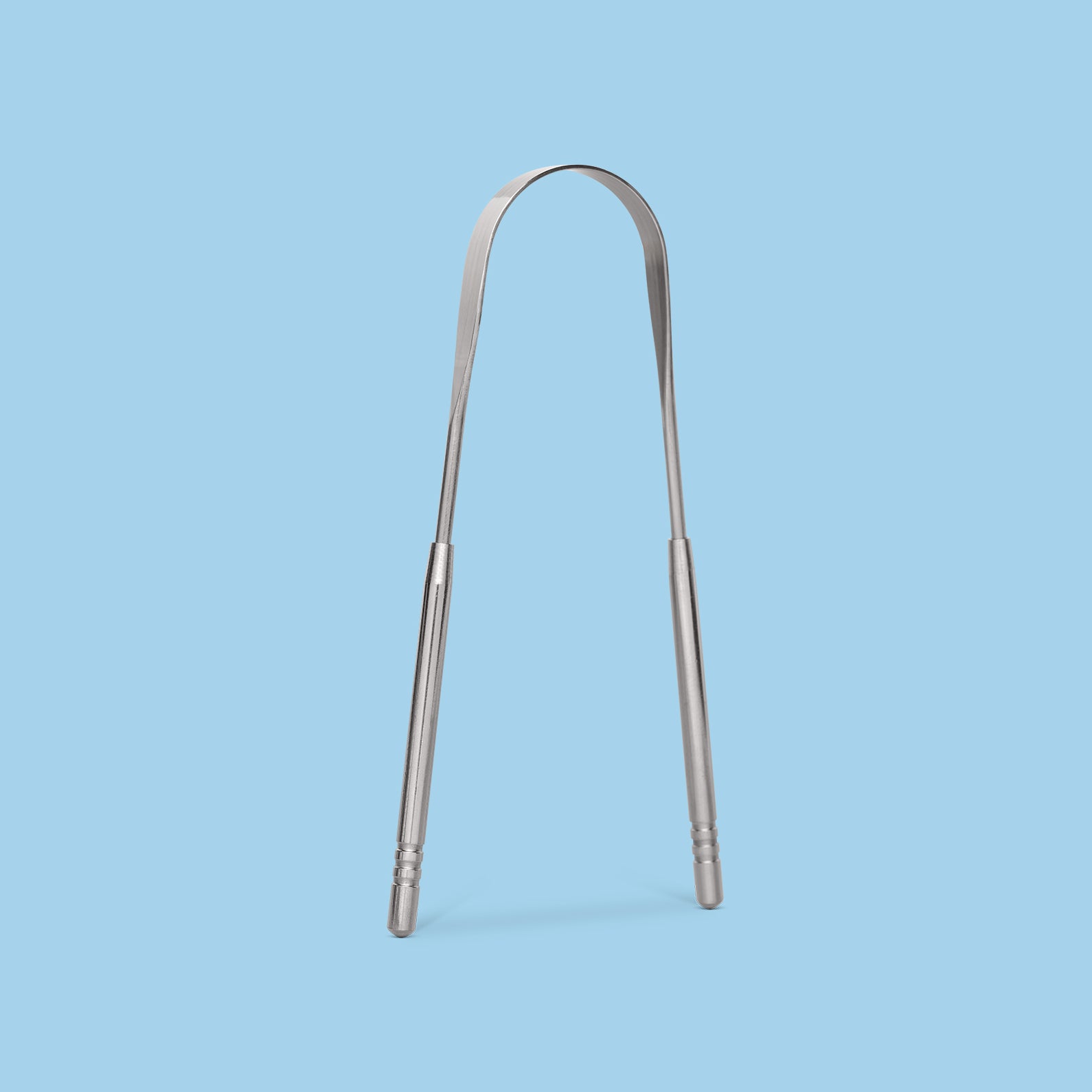What Is Toothpaste?
Toothpaste is an essential product used daily to support good oral health. After all, a healthy body starts with a healthy mouth. The word says it all—it’s a type of paste designed to keep your teeth clean and healthy. In addition to cleaning, toothpaste helps protect against tooth decay and leaves your mouth feeling fresh after every brush.

EVERYTHING YOU NEED TO KNOW ABOUT TOOTHPASTE
Why Is Toothpaste So Important?
A healthy body starts with a healthy mouth. Poor oral hygiene can lead to annoying problems like toothaches, sensitive gums, and even serious health issues that disrupt your daily life. That’s why brushing with the right toothpaste is essential.
And of course—a fresh breath never hurts.
How Do I Brush My Teeth Properly?
Brushing your teeth with toothpaste is crucial—but doing it correctly matters too. Here’s how:
-
Brush at least twice a day, ideally in the morning after breakfast and before bed, for about 2 minutes.
-
Use a soft toothbrush like the one from Smyle to avoid damaging your enamel.
-
Don’t brush too hard, and don’t apply too much pressure. This helps protect your teeth and gums.
-
Use a toothpaste that suits your needs, preferably with fluoride, to prevent cavities and strengthen enamel.
Don’t forget to floss, replace your toothbrush or brush head regularly, and visit your dentist for routine checkups. That’s how you keep your mouth healthy!
Manual or Electric Brushing?
Wondering which is better?
Studies show that people who use an electric toothbrush have healthier gums and fewer dental problems.
The Sonic electric toothbrush from Smyle removes more plaque and reaches hard-to-clean areas more effectively. It also requires less pressure, protecting your gums.
Plus, electric toothbrushes come with handy features.
For example, Smyle’s brush has five modes: Clean, Whitening, Polishing, Mild, and Sensitive—so you can personalize your brushing based on your needs.
Pretty convenient, right?
A Brief History of Toothpaste
The ancient Egyptians began using tooth-cleaning powders around 5000 BC, made from twigs, salt, crushed eggshells, pumice stone, and myrrh.
The Greeks and Romans made powders from tree bark and charcoal, often adding herbs to fight bad breath.
In the 18th century, tooth powders weren’t very helpful—and sometimes harmful. British doctors recommended versions containing earth or porcelain.
The First Real Tooth-Cleaning Paste
In 1824, an American pharmacist developed the first actual cleansing toothpaste made from soap and glycerin.
By 1850, the more modern Dr. Sheffield’s Crème was created—a mix of soap and chalk. Originally sold in jars, it became available in tubes by 1892.
Toothpaste has come a long way since then—today you’ll find natural pastes, kids’ toothpastes, powders, and tablets in every store.
Different Types of Toothpaste
Everyone has unique needs—so there's a wide variety of options to choose from. Here are a few:
Sensitive Teeth
Feel a jolt when eating ice cream or feeling a cold breeze? That’s dentin hypersensitivity—when the inner layer of your teeth is exposed.
Choose toothpaste with potassium nitrate or strontium chloride to reduce sensitivity.
Smyle’s toothpaste tablets are also great for sensitive teeth!
Gum Issues
Swelling, redness, or bleeding gums? You may have gum inflammation. Use fluoride-rich toothpaste like Smyle’s to strengthen teeth and prevent cavities.
Some formulas also contain triclosan or stannous fluoride to fight plaque and gingivitis.
Whitening Needs
Want a brighter smile? Whitening toothpastes often contain baking soda, hydrogen peroxide, or enzymes to remove stains.
Always choose a toothpaste approved by dental professionals, and remember—results vary depending on your habits and tooth condition.
Kids’ Toothpaste
Children’s toothpastes are often fruity and colorful to make brushing fun.
But flavor doesn’t equal effectiveness—make sure it contains fluoride and is dentist-recommended.
Natural Toothpaste
Many people are turning to natural toothpaste for a healthier lifestyle and a greener planet. These products avoid artificial sweeteners, preservatives, and colors, while still offering solid cleaning and protection.
What’s in Your Toothpaste?
Look at the back of the tube—you’ll see many ingredients. Here's what they do:
Fluoride
The MVP ingredient! It strengthens enamel and helps prevent cavities. Most toothpastes contain fluoride (1000–1500 ppm), but always check the label.
Abrasives
Ingredients like silica or sodium bicarbonate help remove stains and plaque.
If you have sensitive teeth, opt for a milder abrasive.
Anti-Plaque & Anti-Tartar Agents
Ingredients like zinc, citrate, triclosan, and pyrophosphates help fight plaque and tartar, which can cause inflammation.
Whitening Agents
Products with hydrogen peroxide or carbamide peroxide remove stains but may cause sensitivity—use with care.
Fresh Breath Boosters
Ingredients like chlorhexidine, zinc, menthol, peppermint, and eucalyptus kill odor-causing bacteria and leave your mouth feeling fresh.
How to Choose the Right Toothpaste
So many choices! Not sure where to begin? Here are some tips:
-
Know what ingredients do and what your mouth needs (e.g., potassium nitrate for sensitivity, hydrogen peroxide for whitening).
-
Check for ACTA approval – products tested and recommended by the Academic Centre for Dentistry Amsterdam.
-
Check fluoride content – kids need less than adults, but it’s crucial for enamel strength.
-
Look for anti-cavity formulas – ideal if you’re prone to cavities.
-
Go eco-friendly – biodegradable formulas and natural ingredients are better for you and the planet.
Why Smyle Toothpaste Tablets Are the Right Choice for Everyone
After all this info, you might be thinking: “How will I ever choose the right toothpaste?” Don’t worry—Smyle has everything you need:
-
✅ Only natural ingredients – no microplastics, no nasties
-
✅ Gentle on sensitive teeth – cold treats are no longer a problem
-
✅ Strengthens enamel with fluoride – or go fluoride-free if you prefer
-
✅ No plastic tubes – tablets come in compostable refill bags and a sleek glass jar

